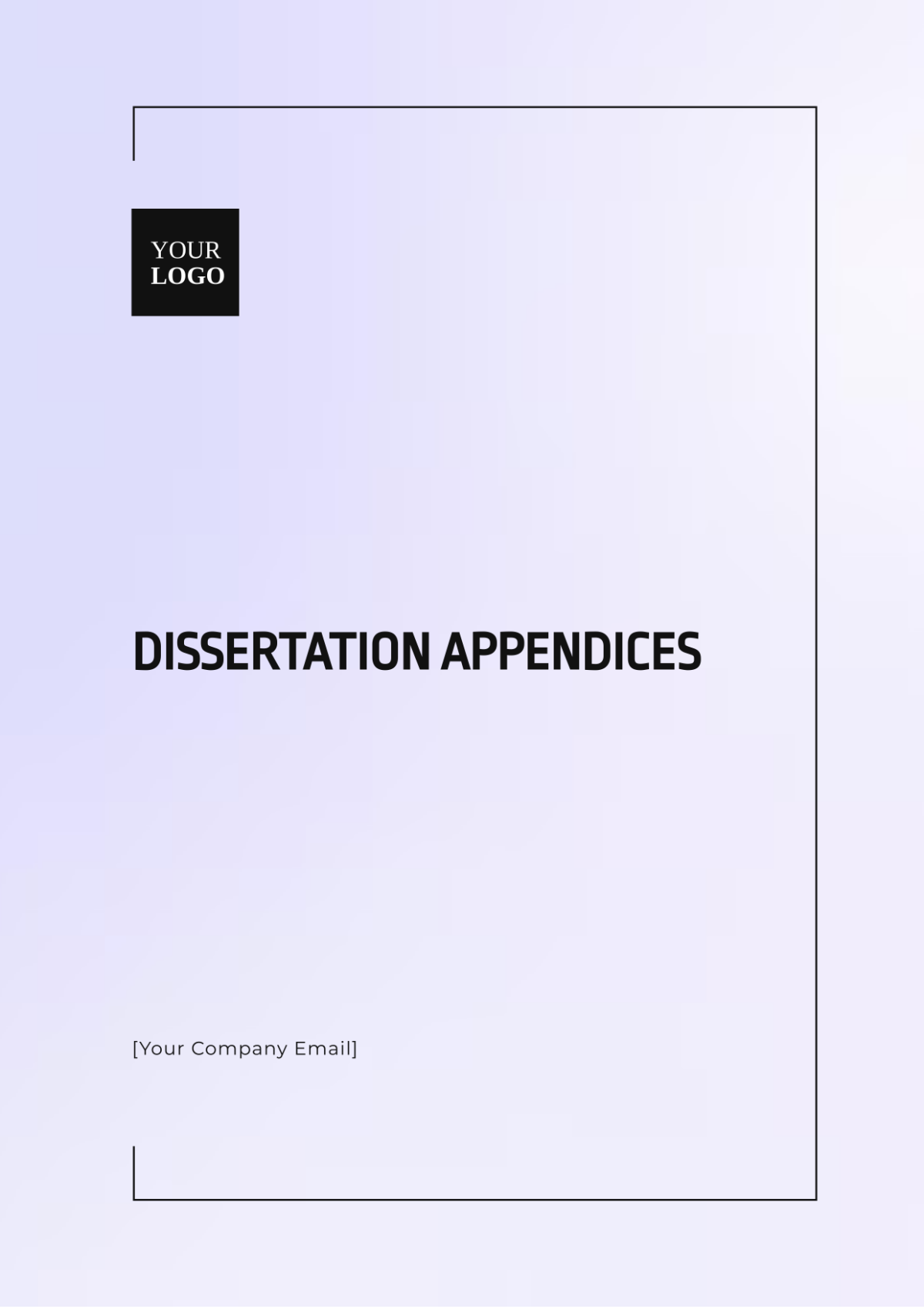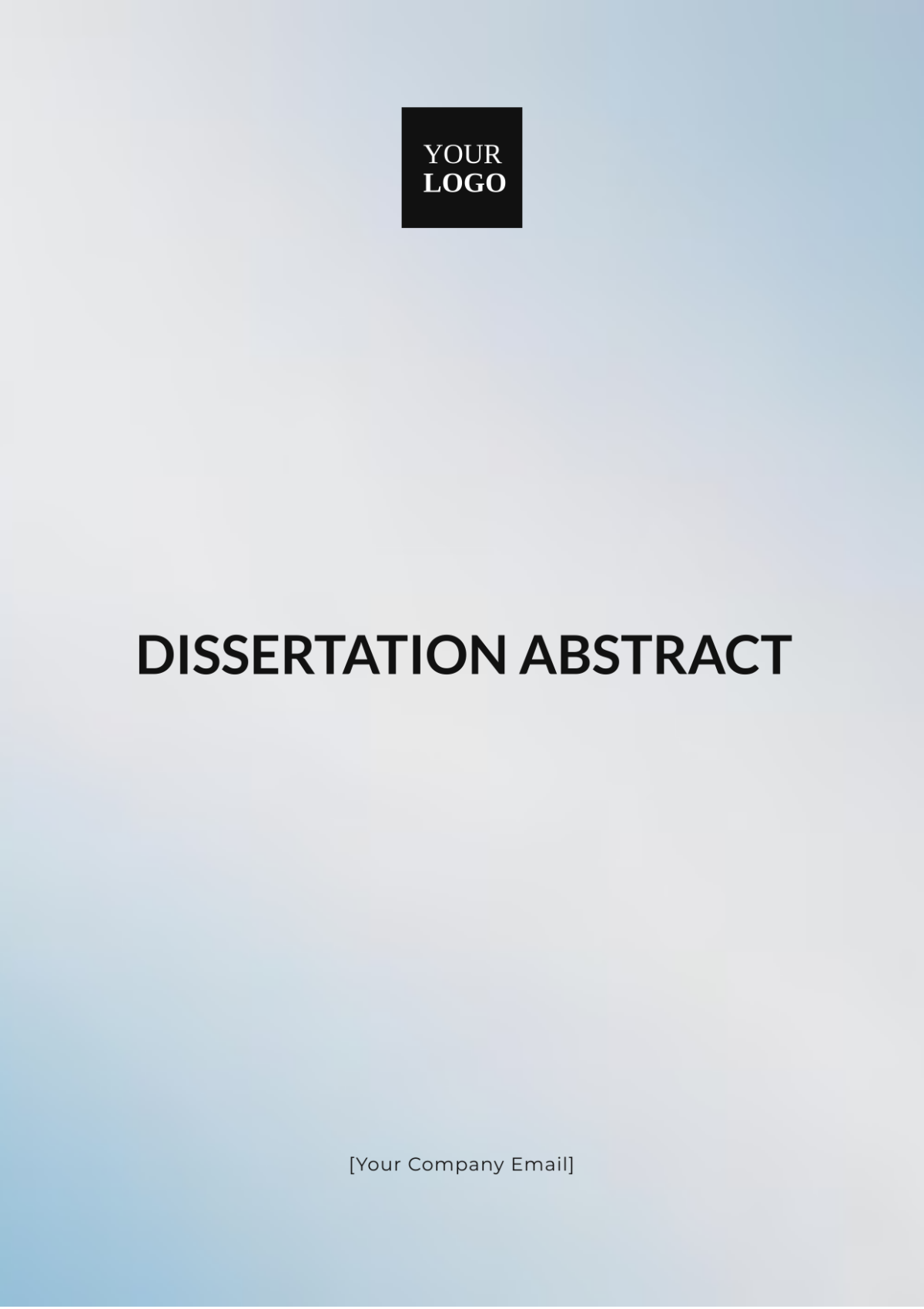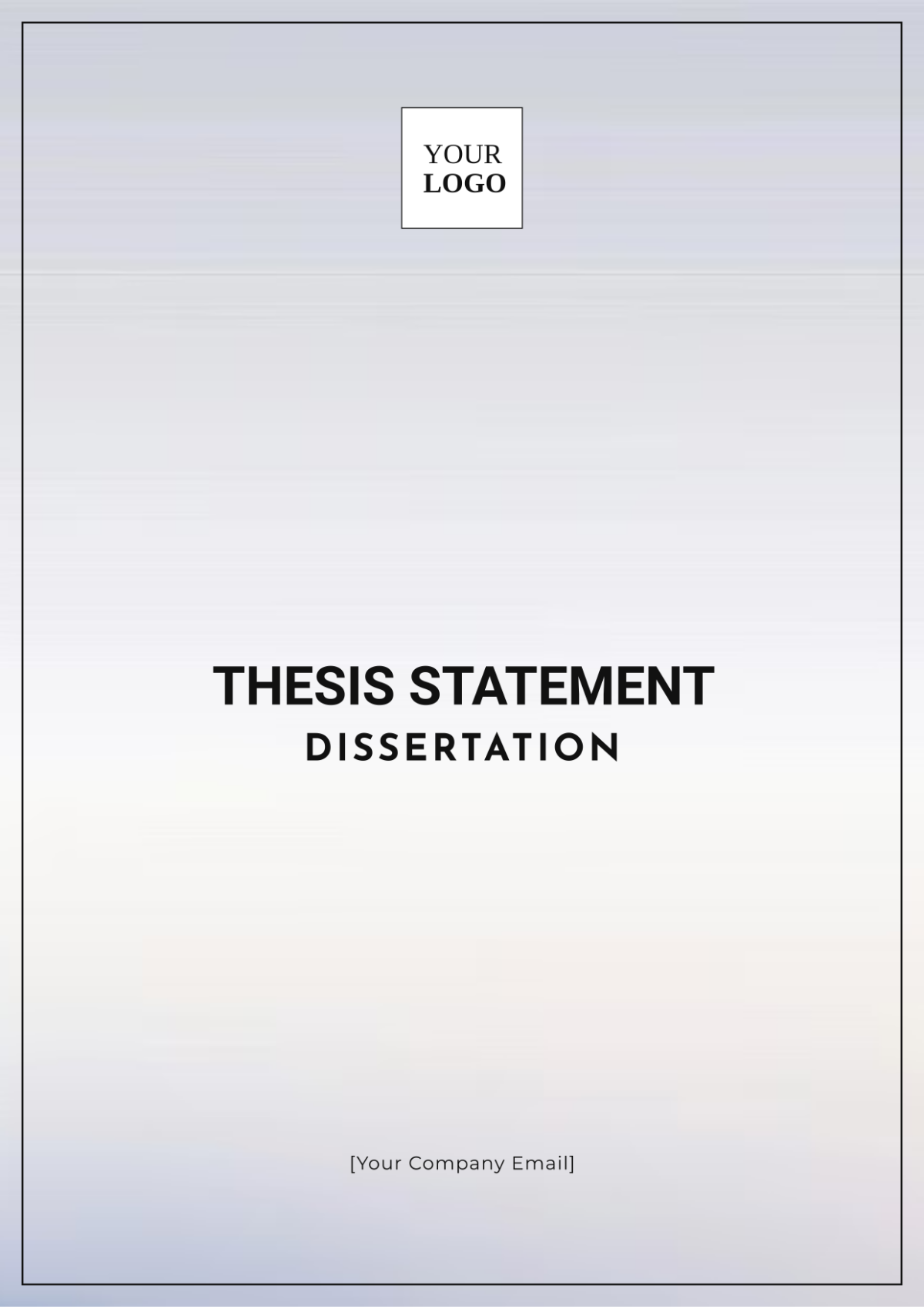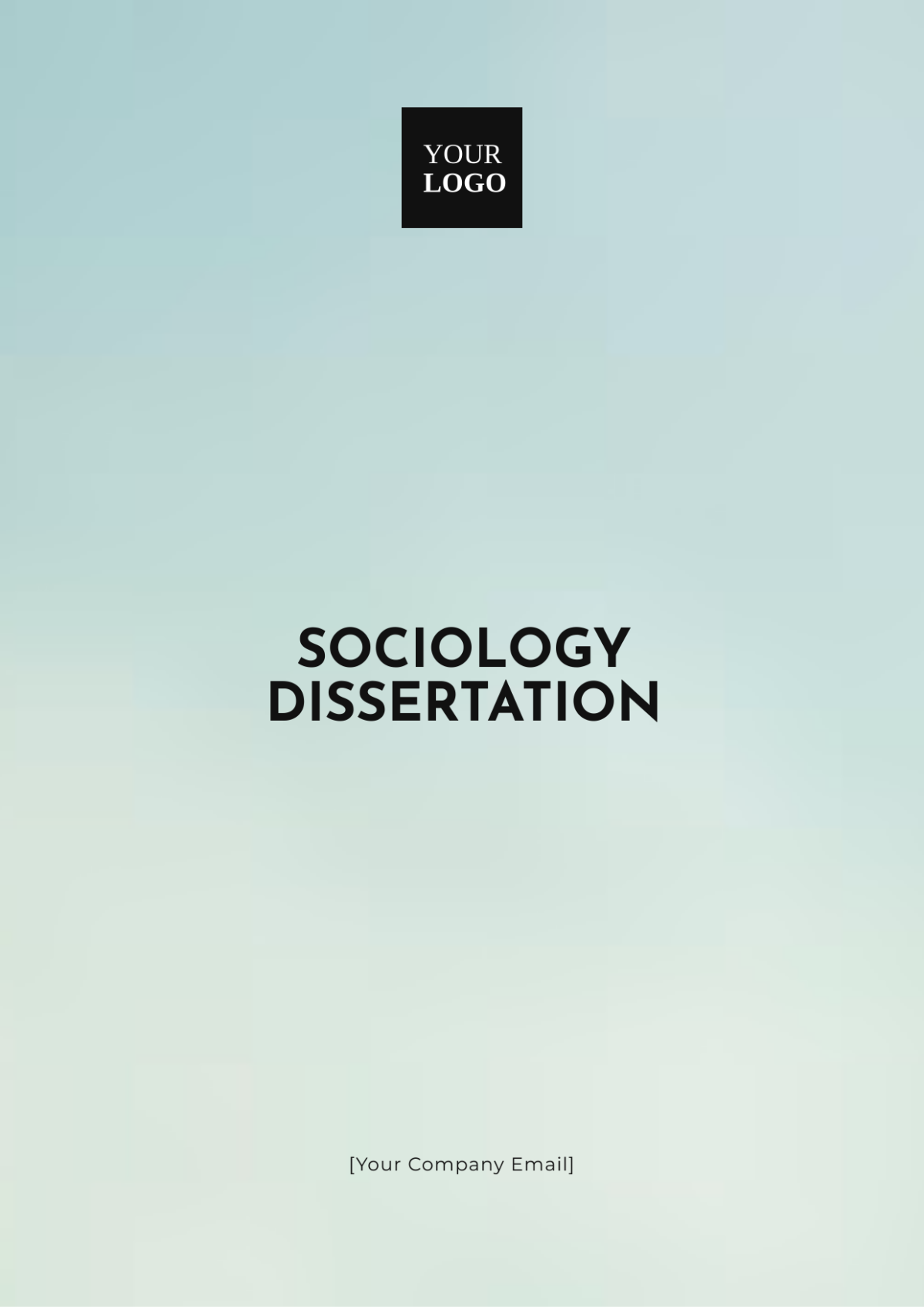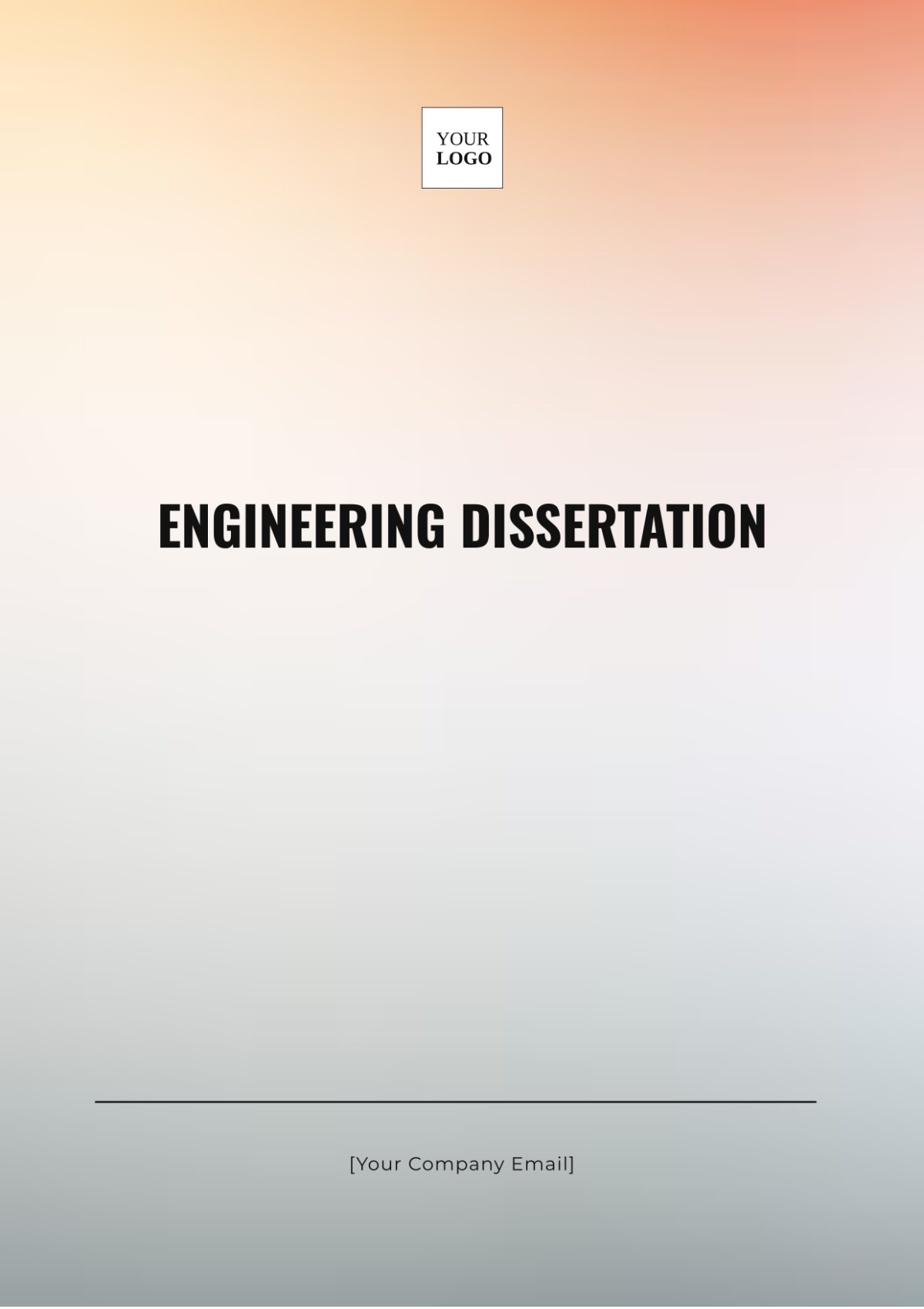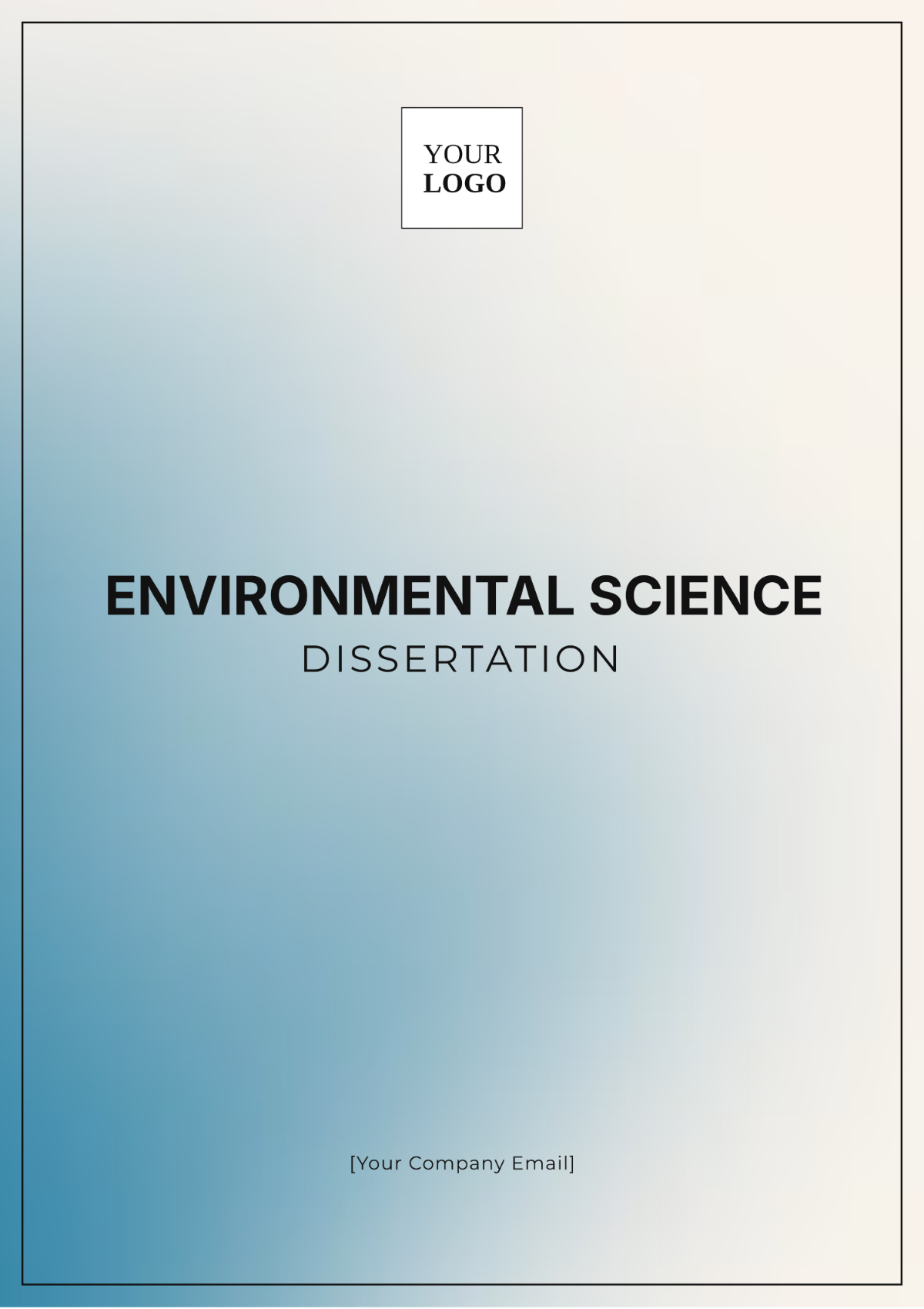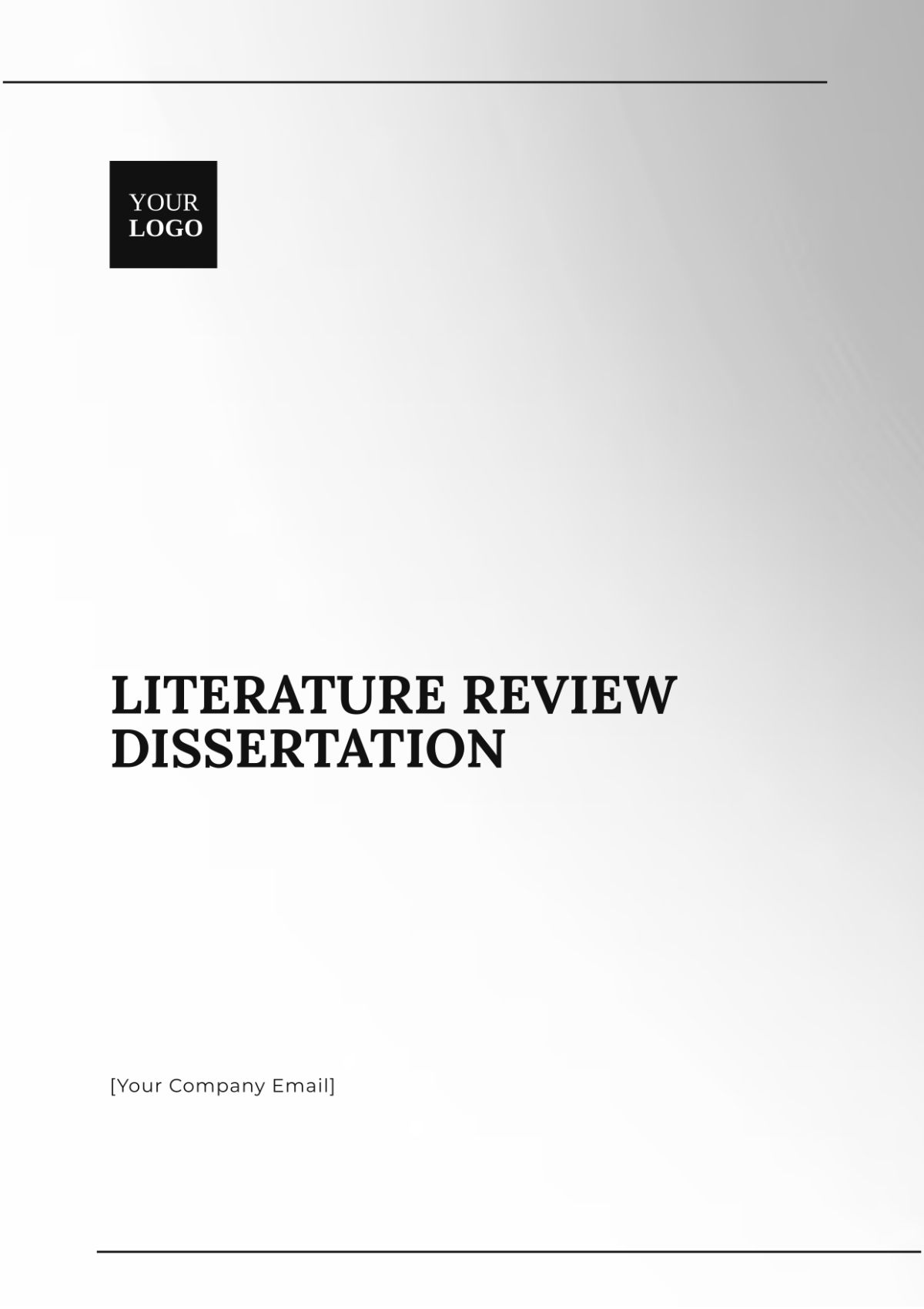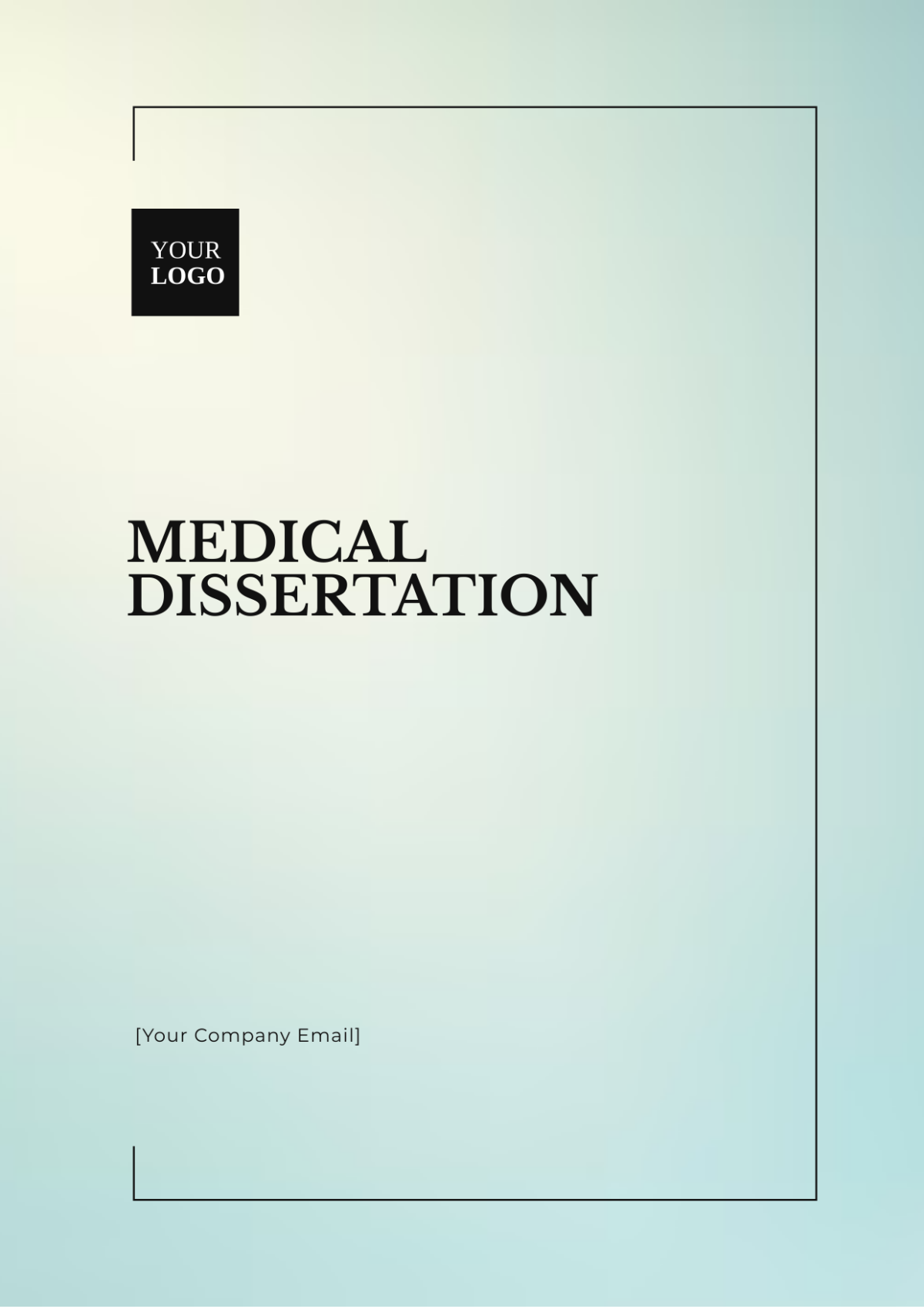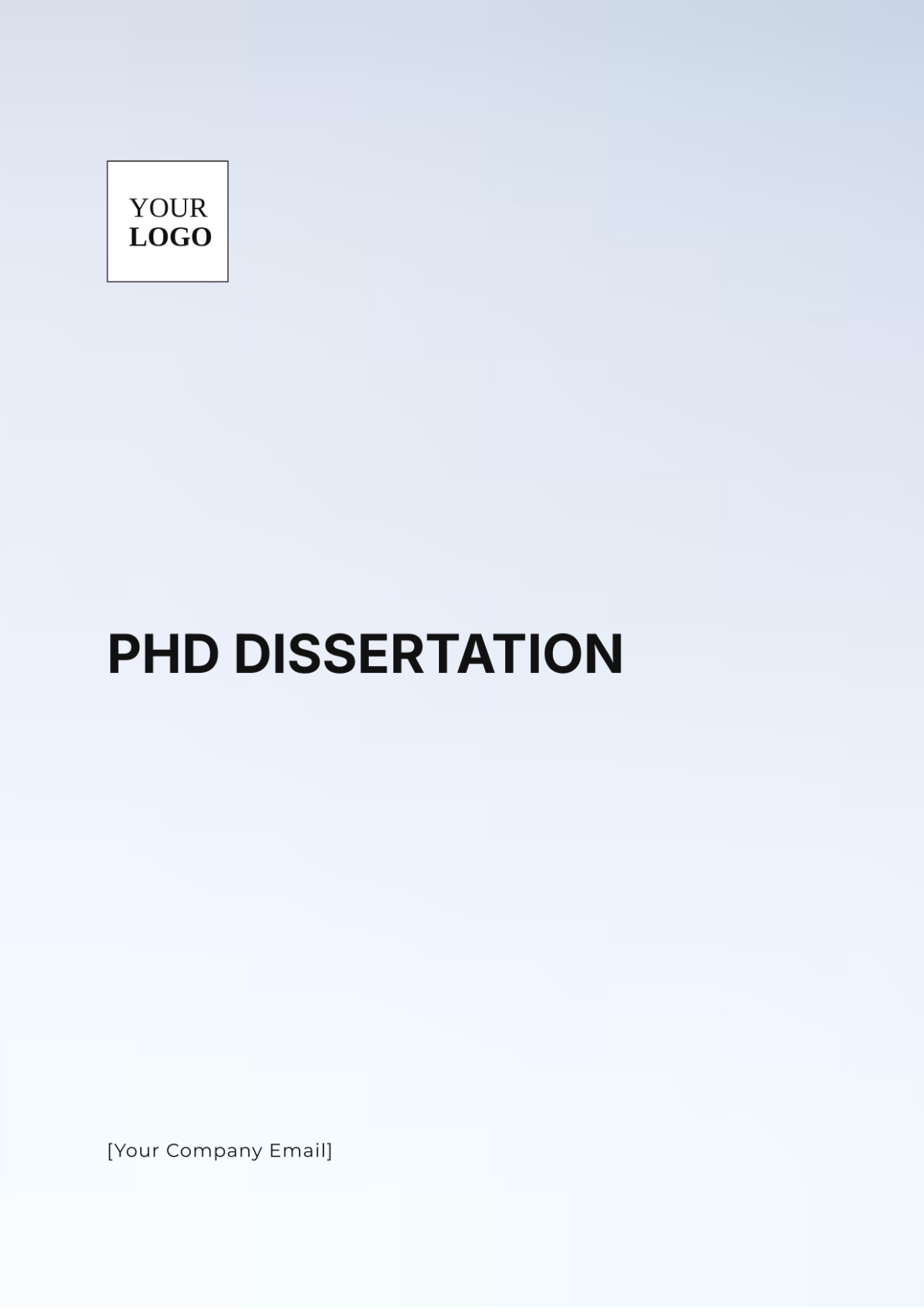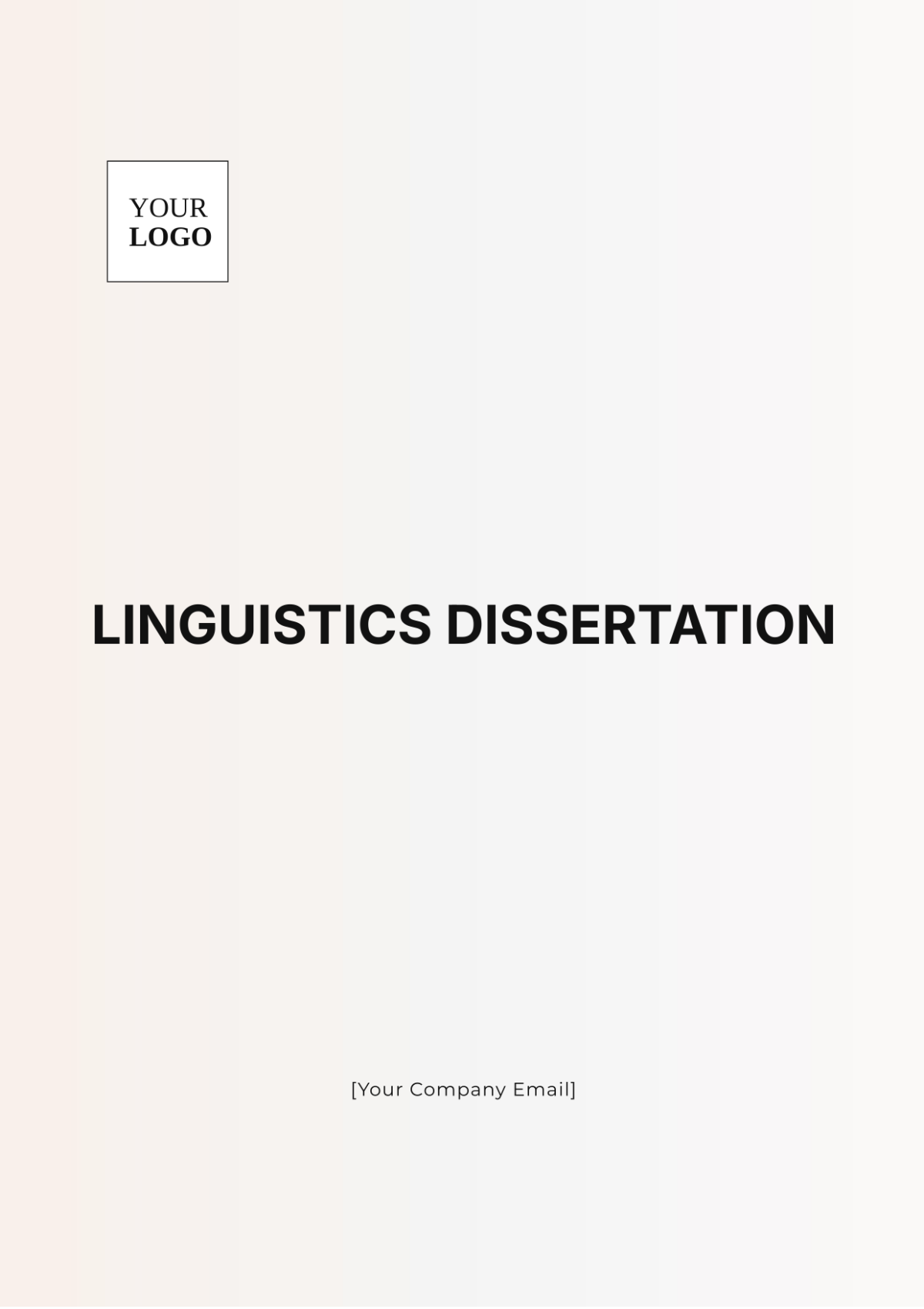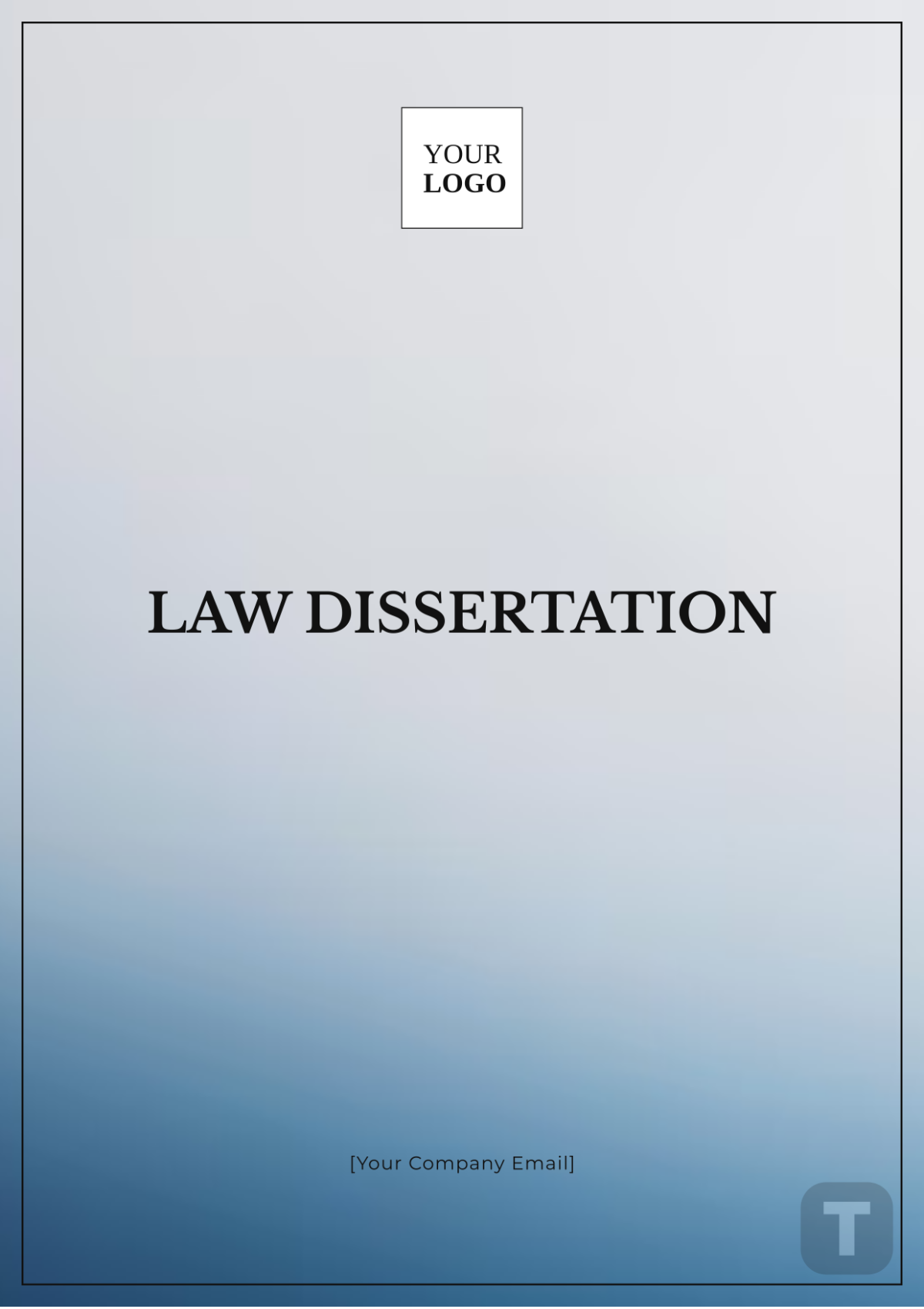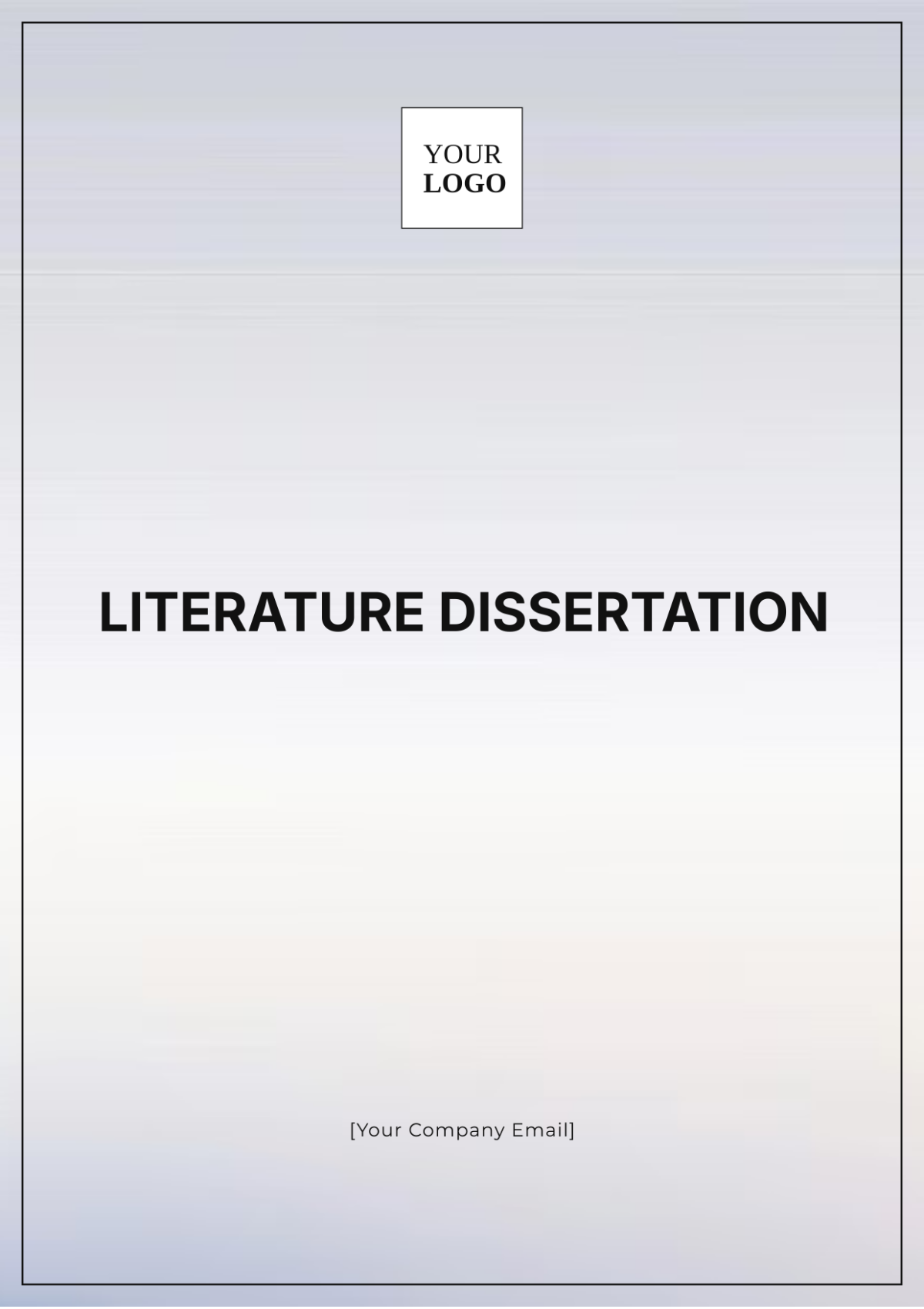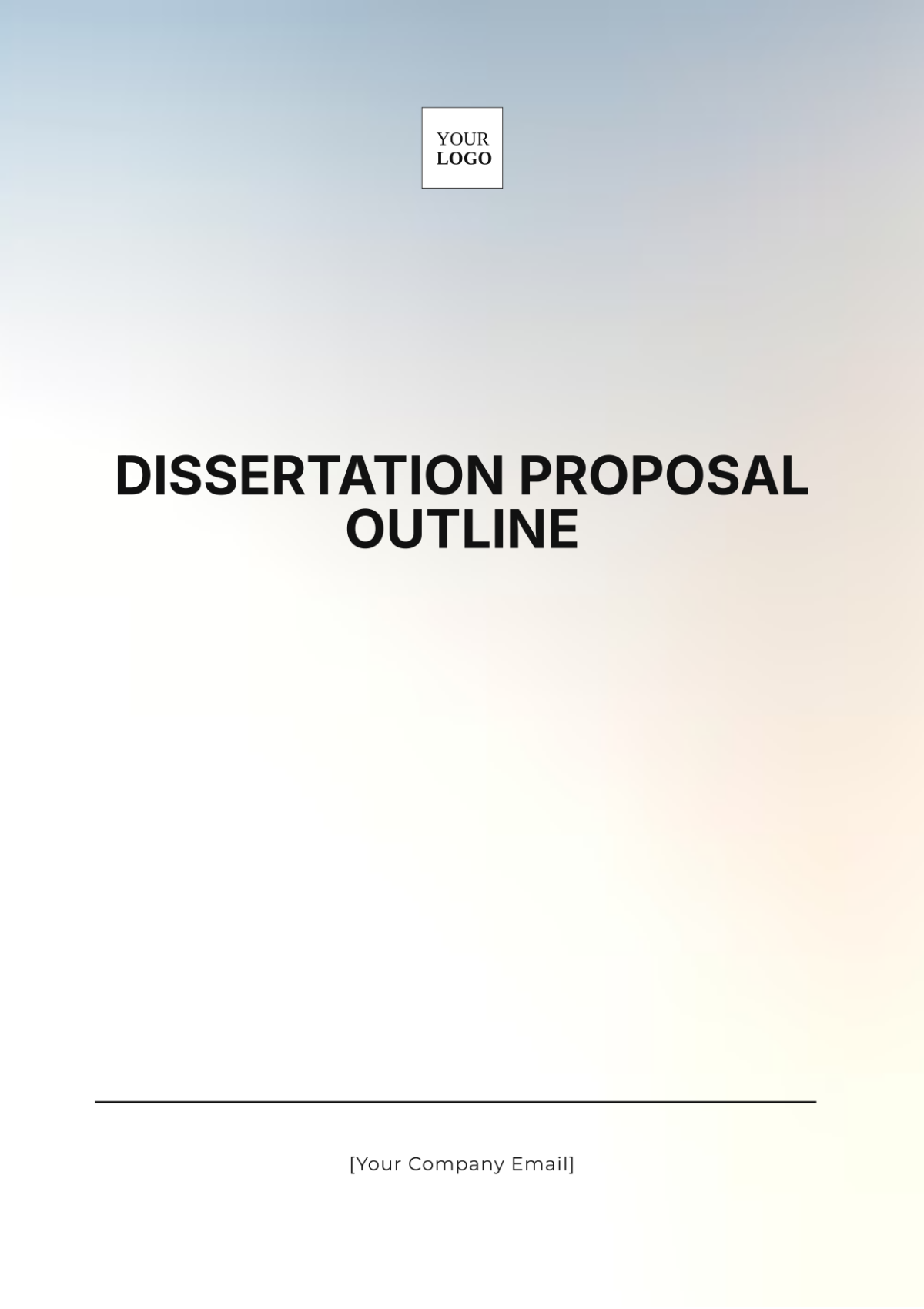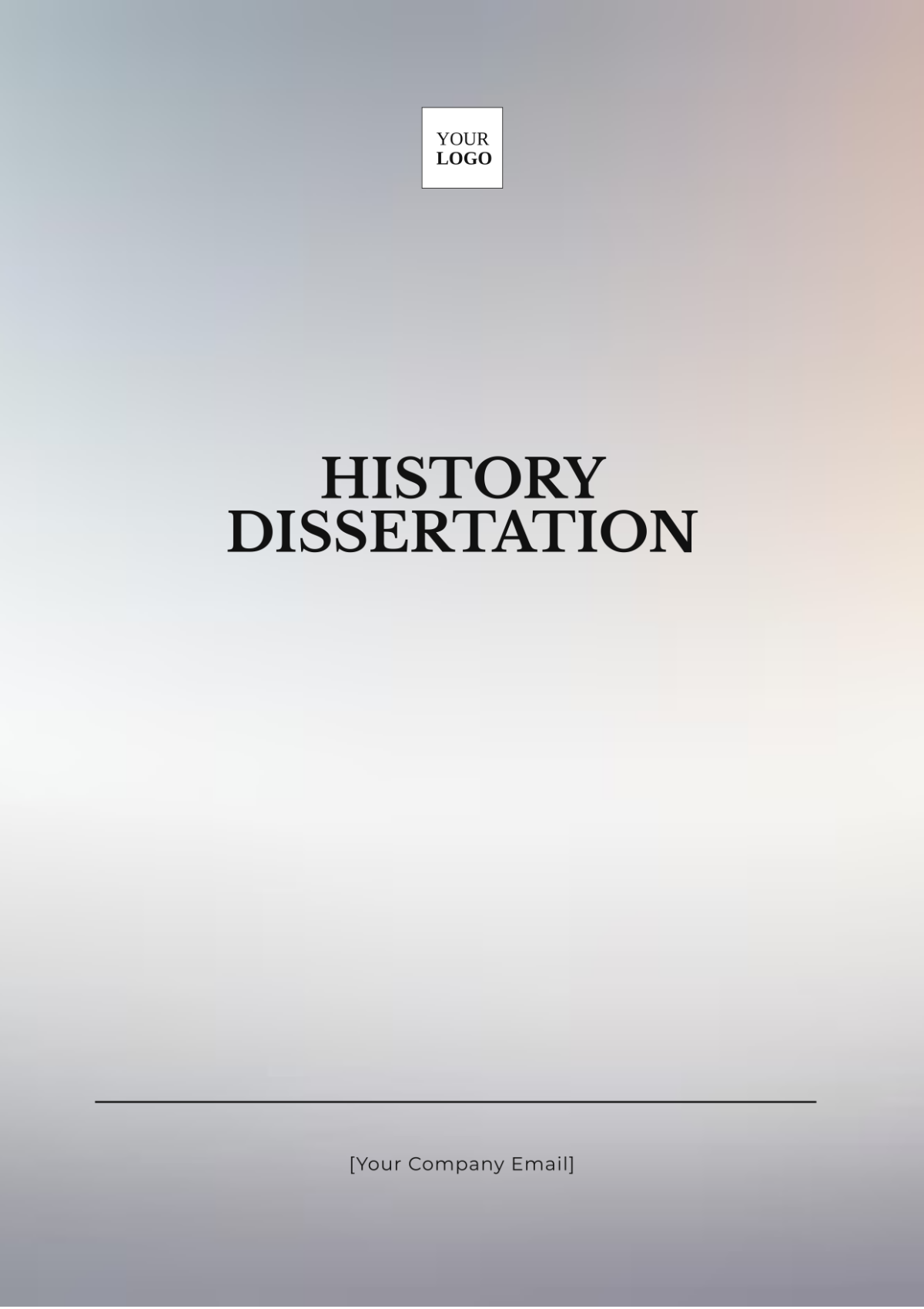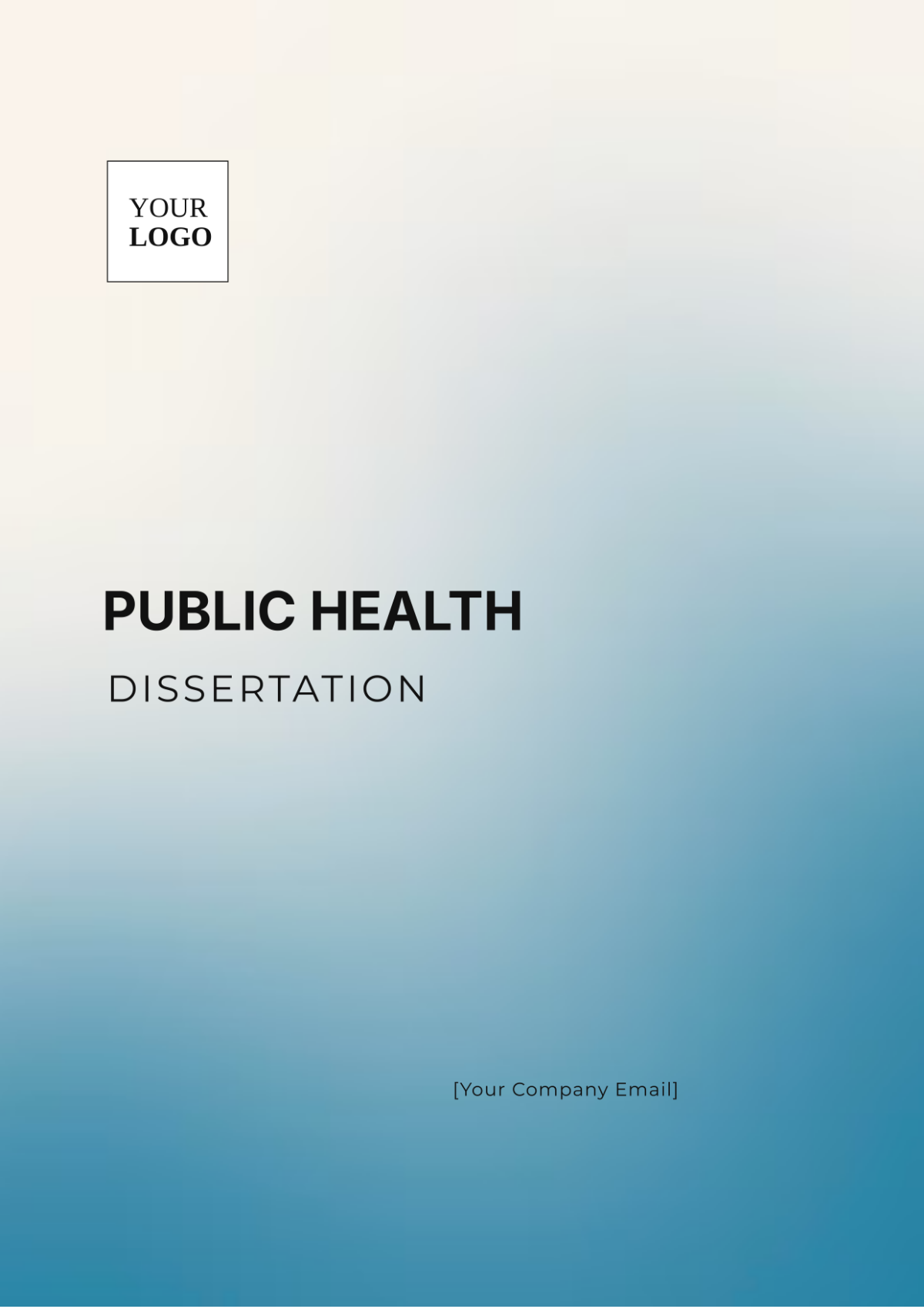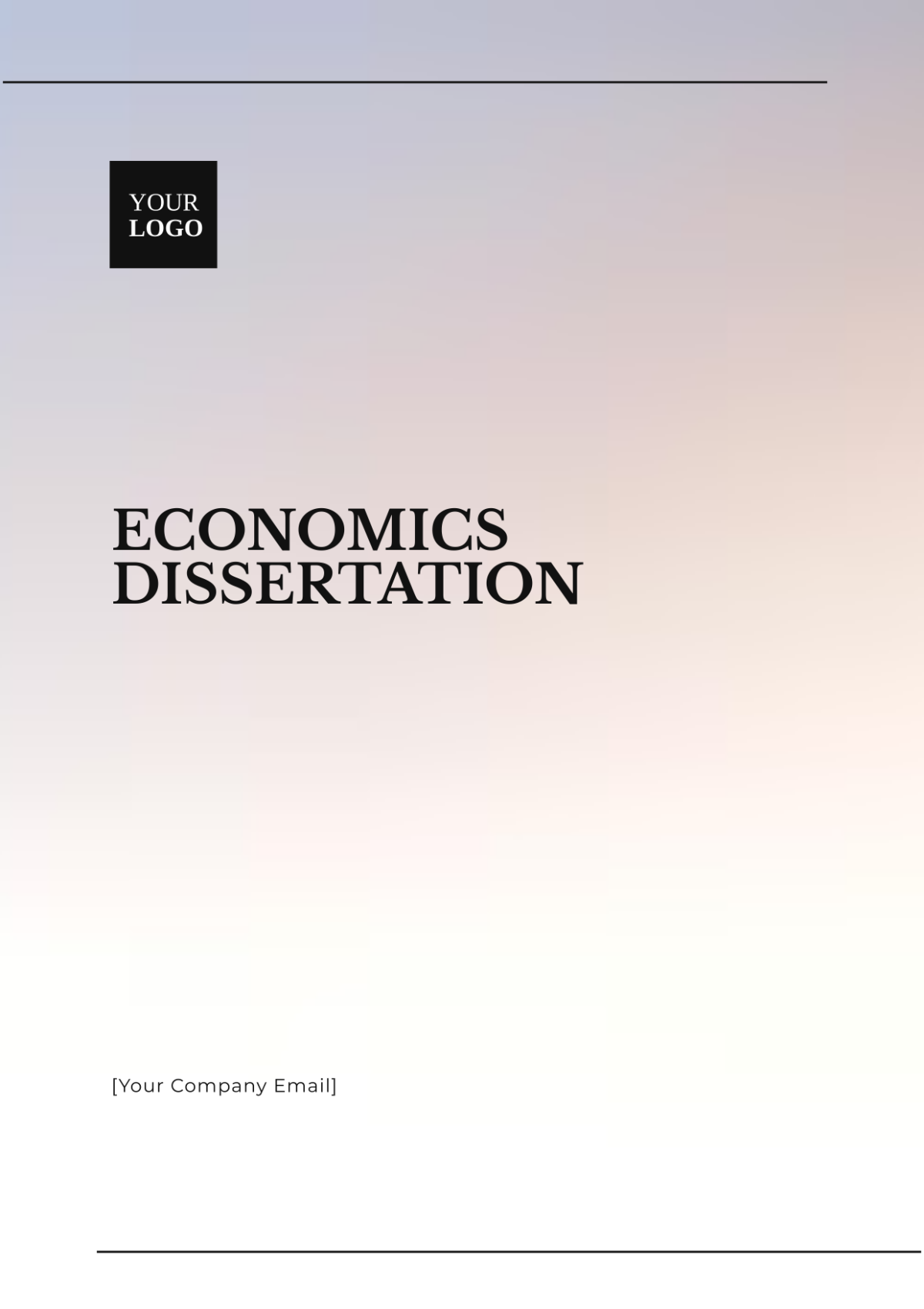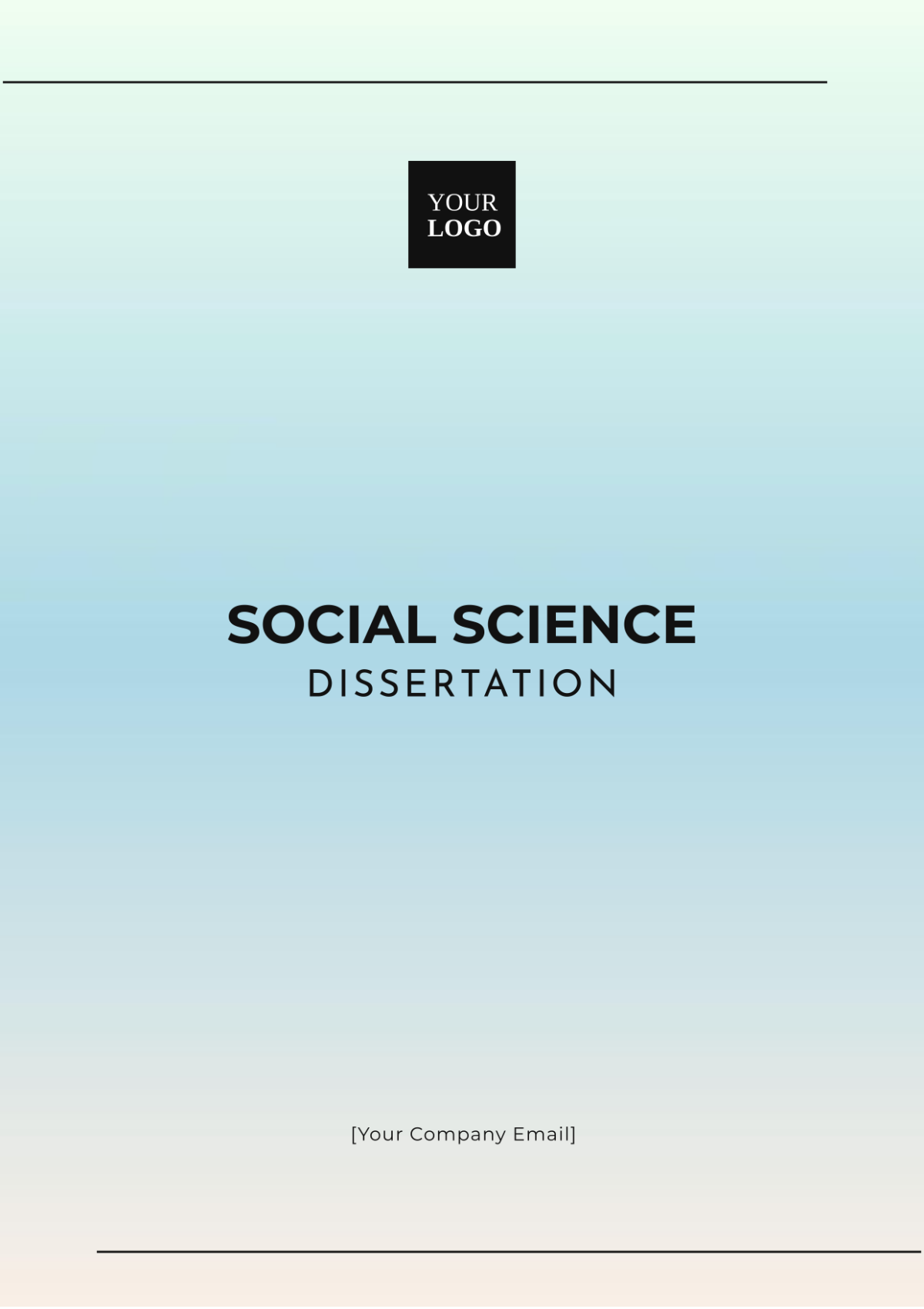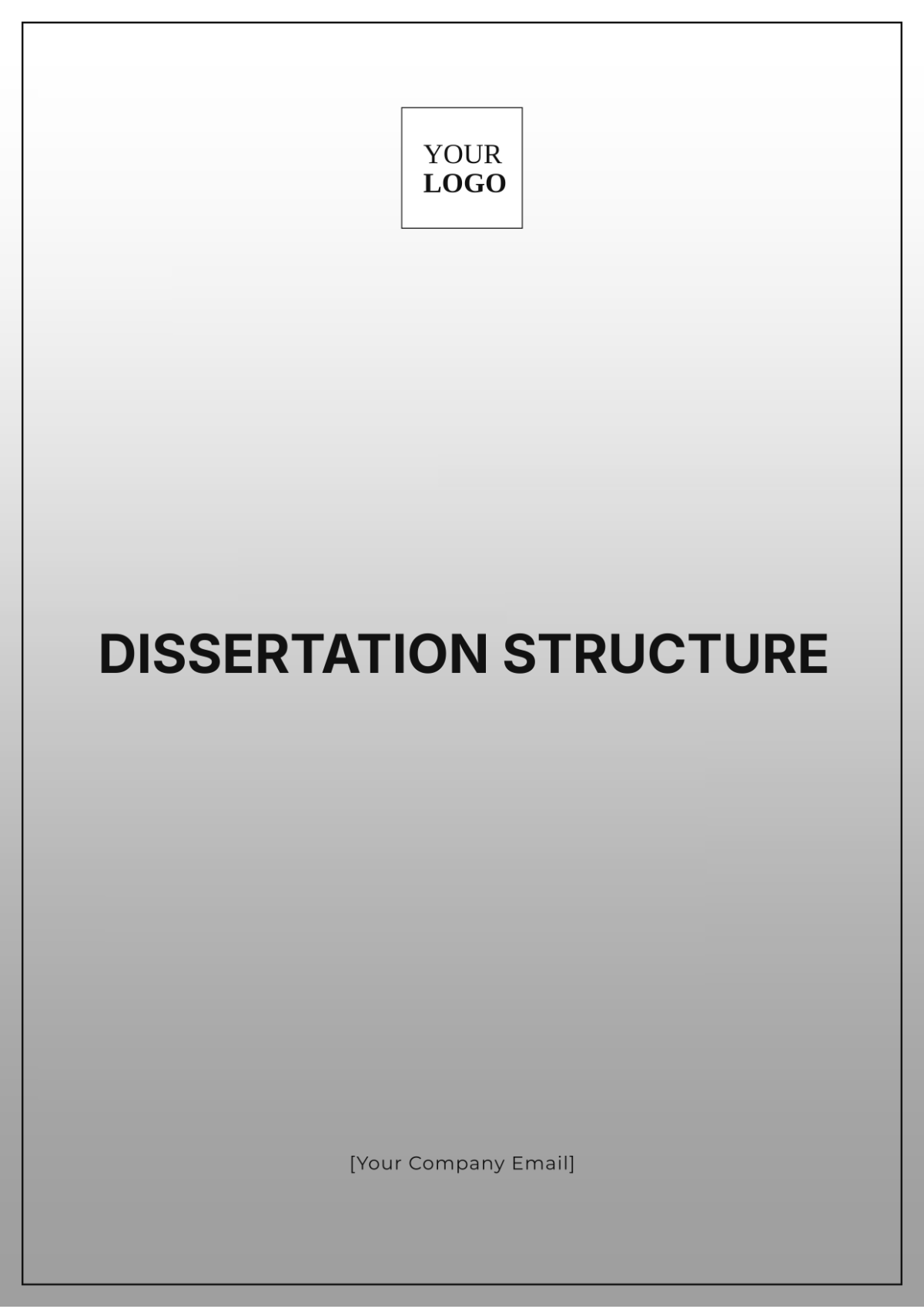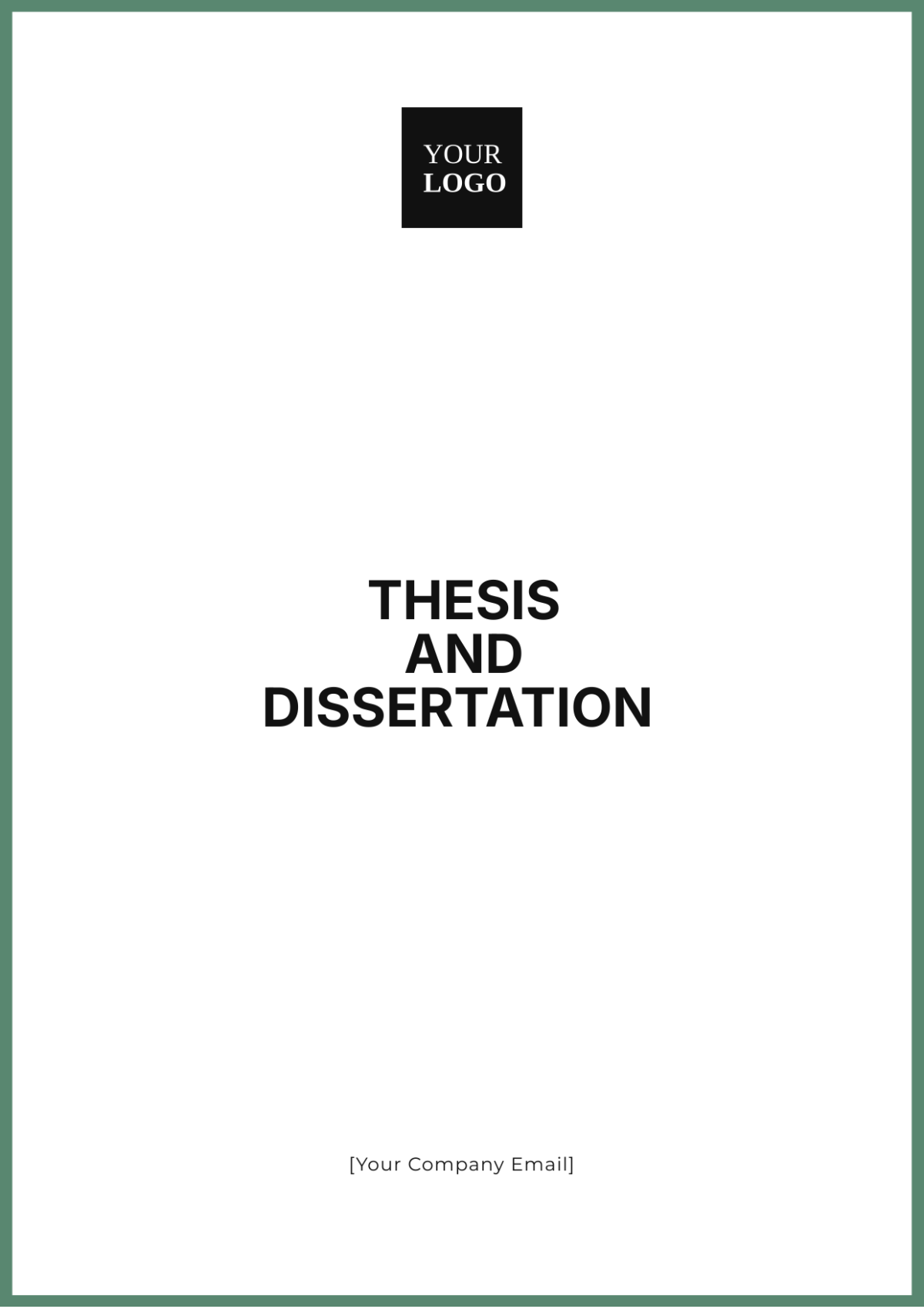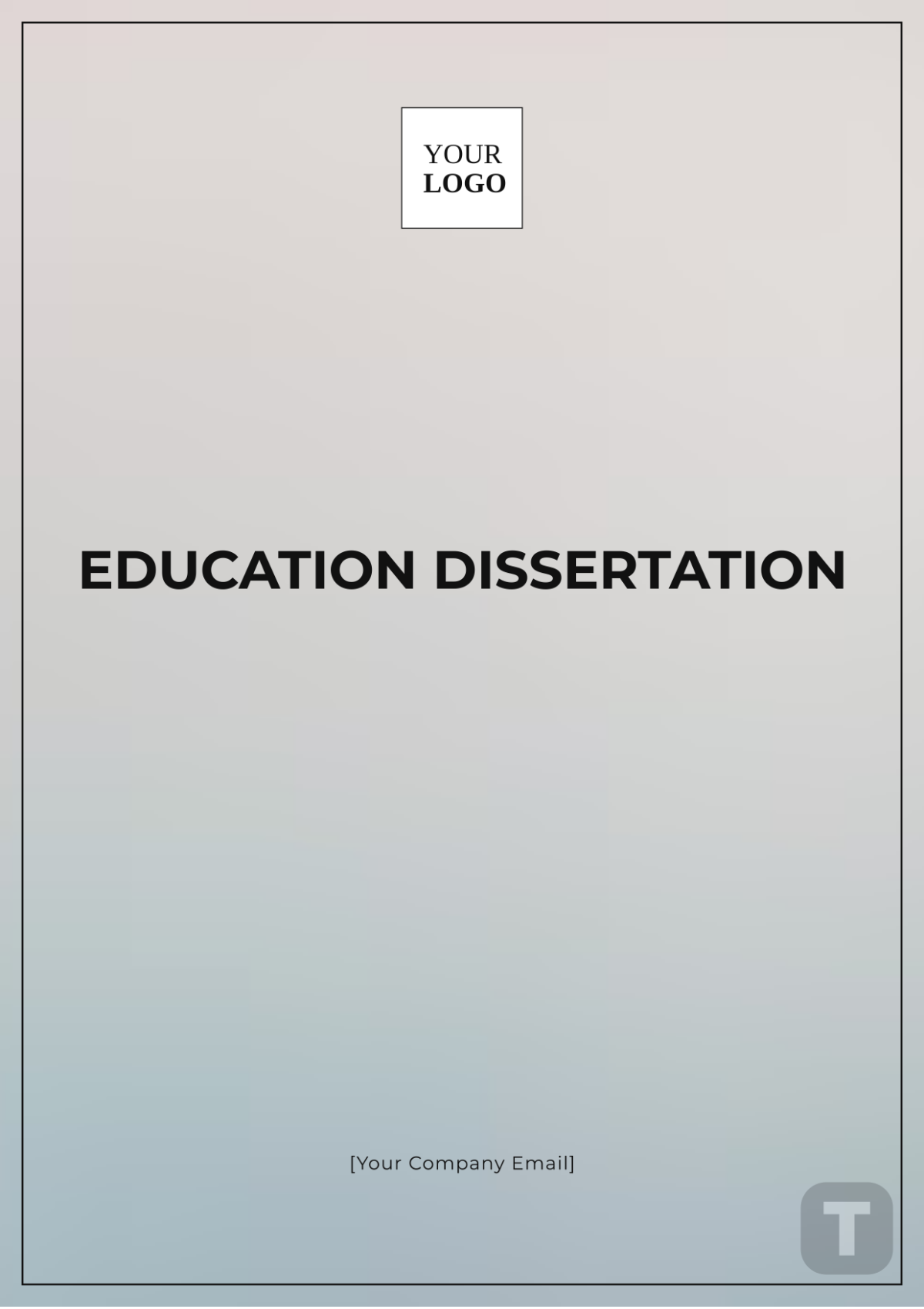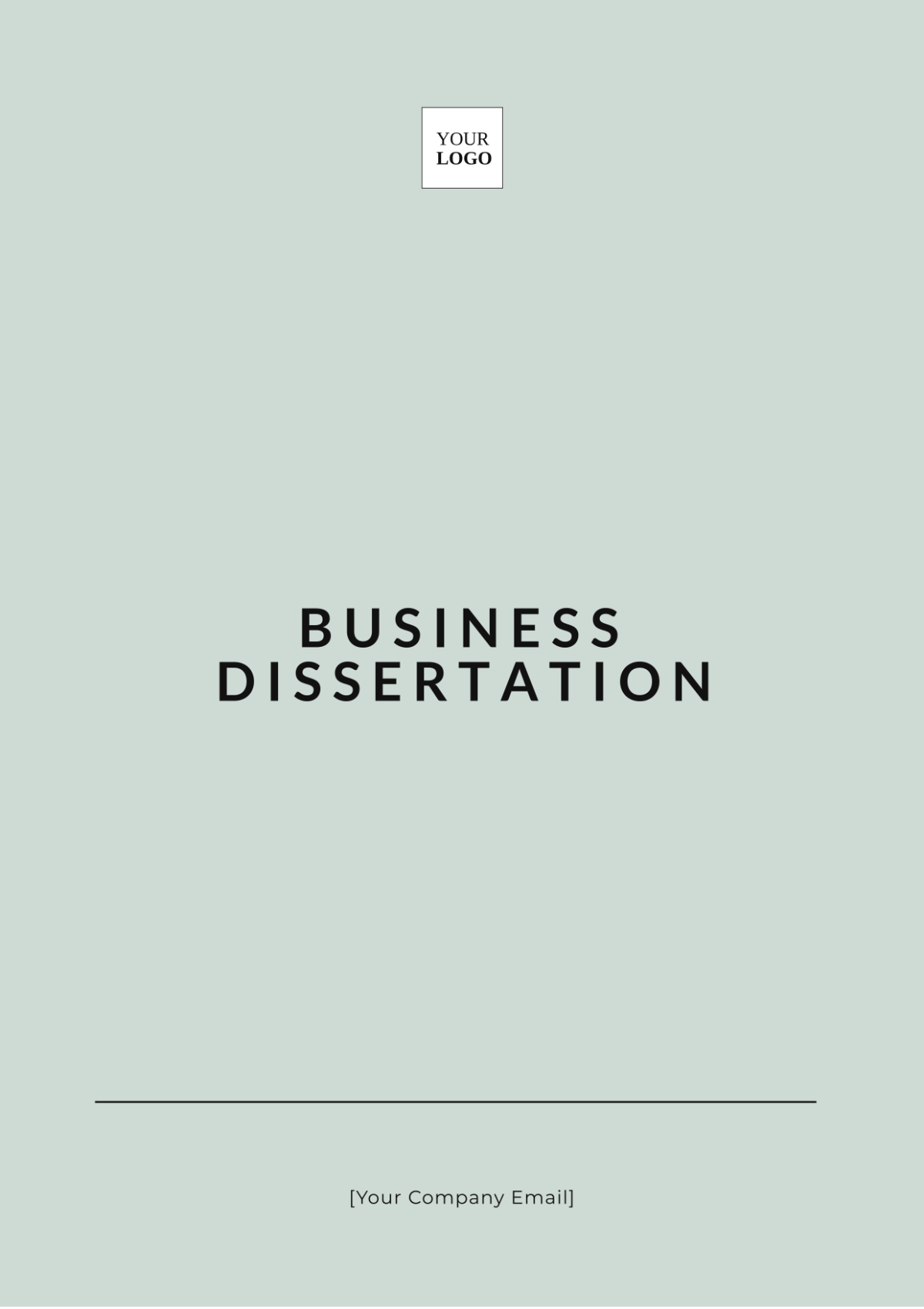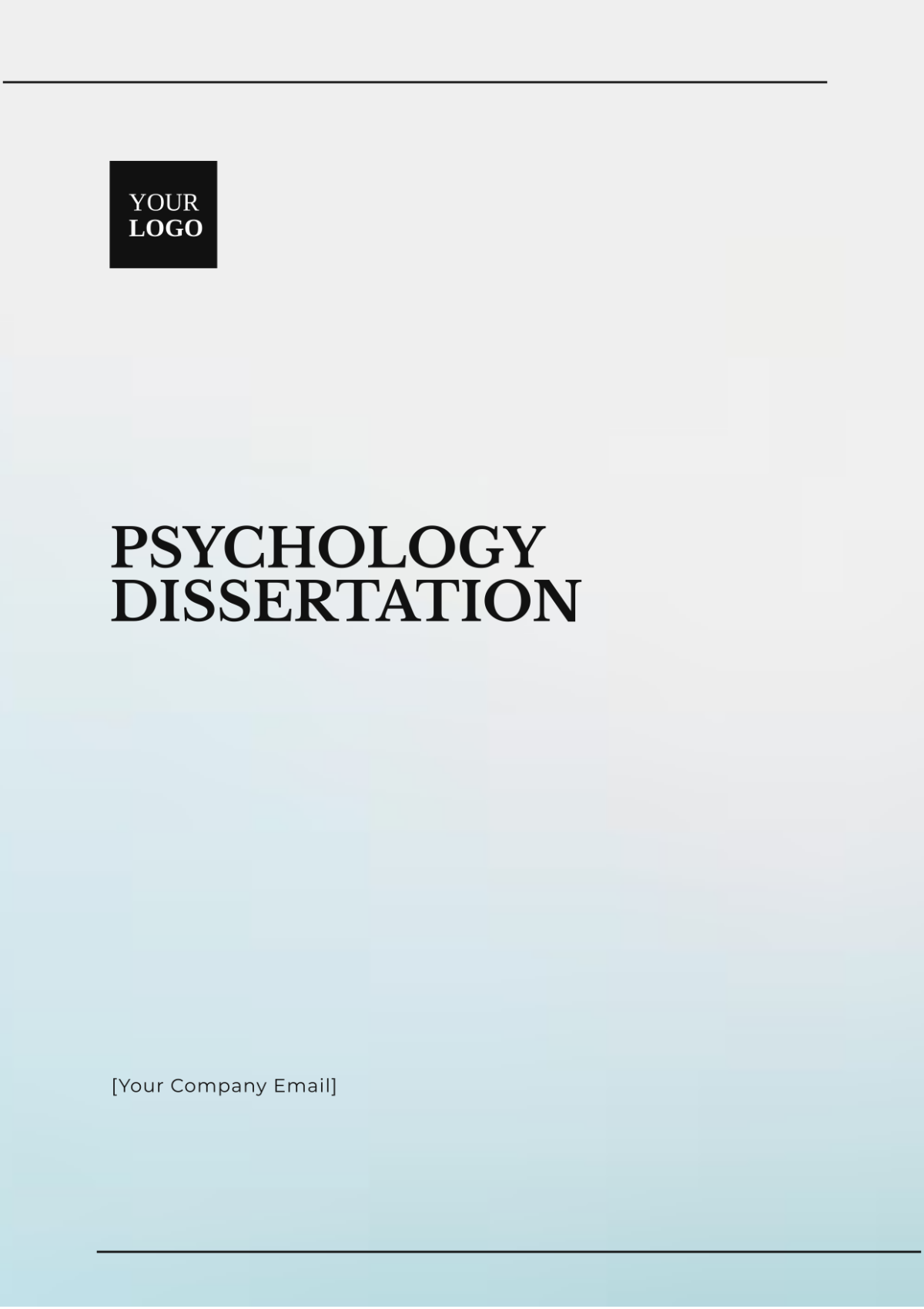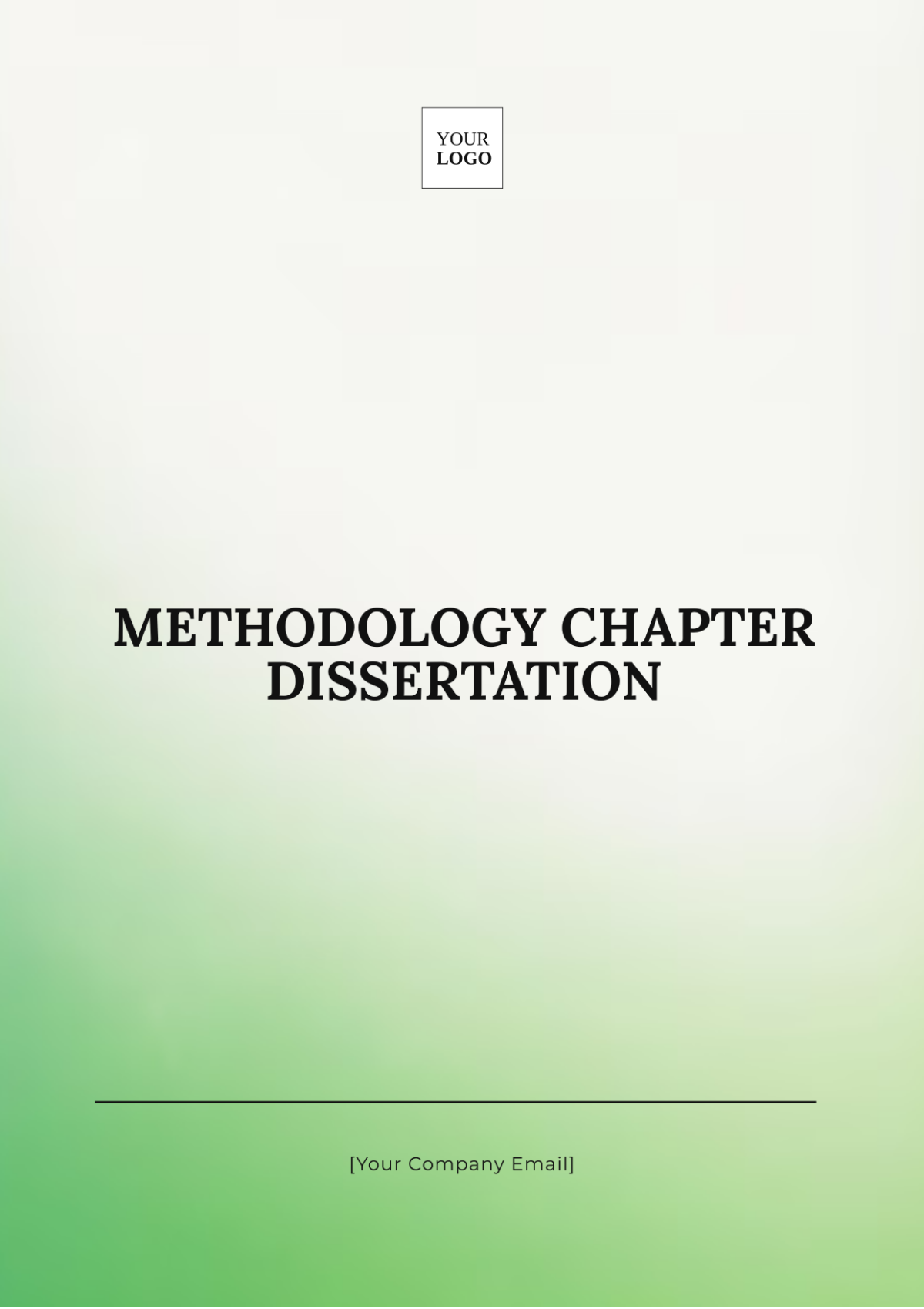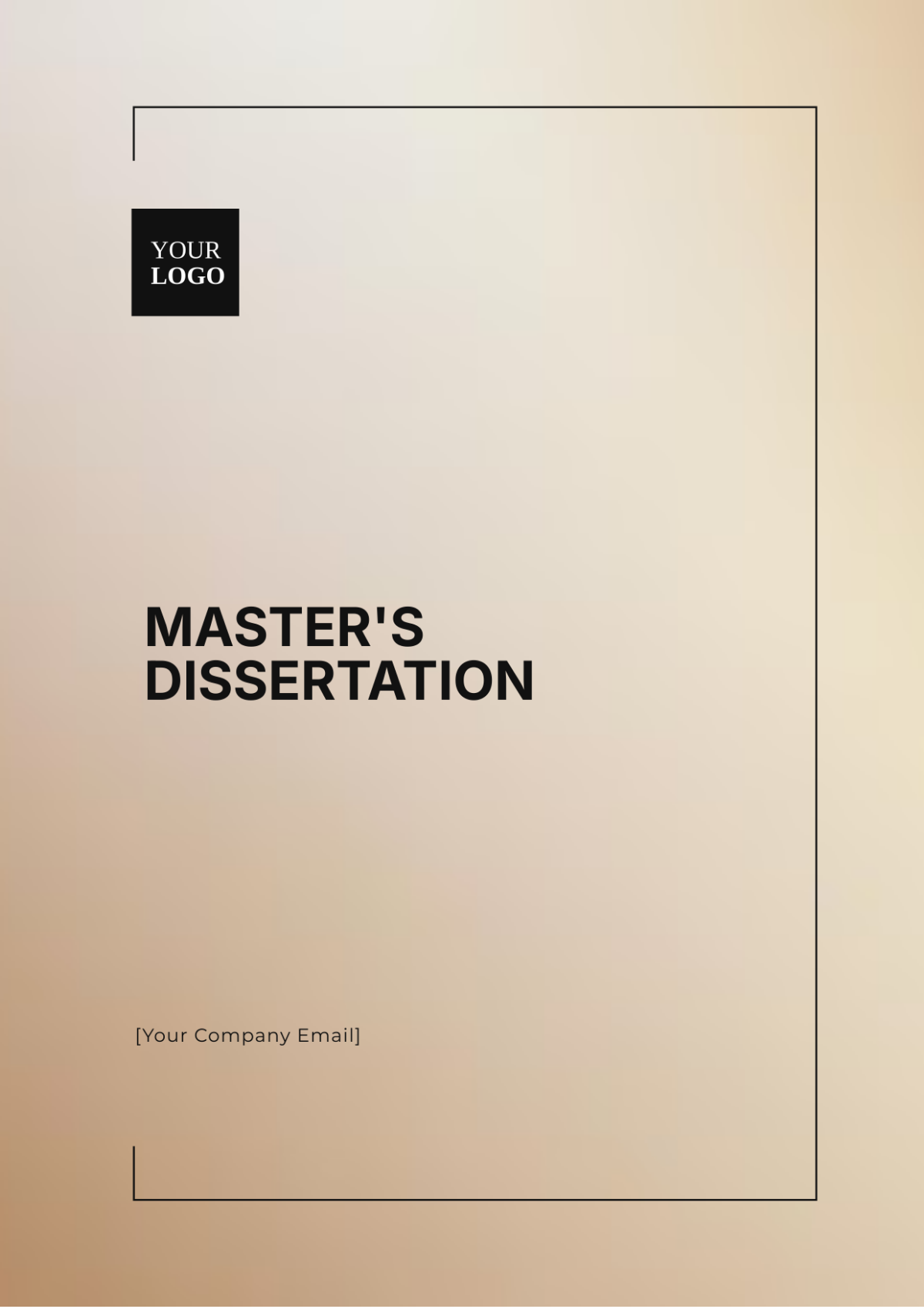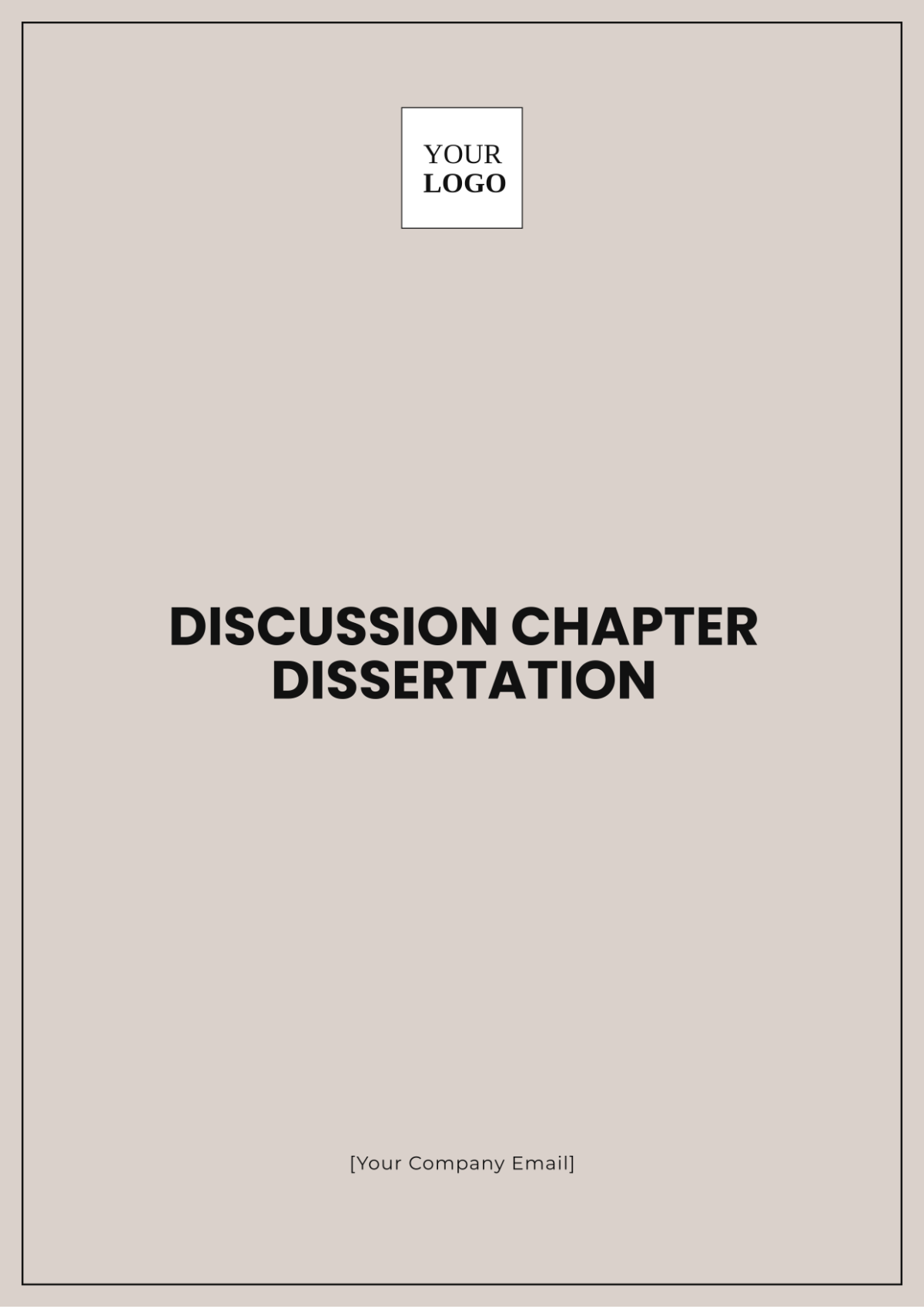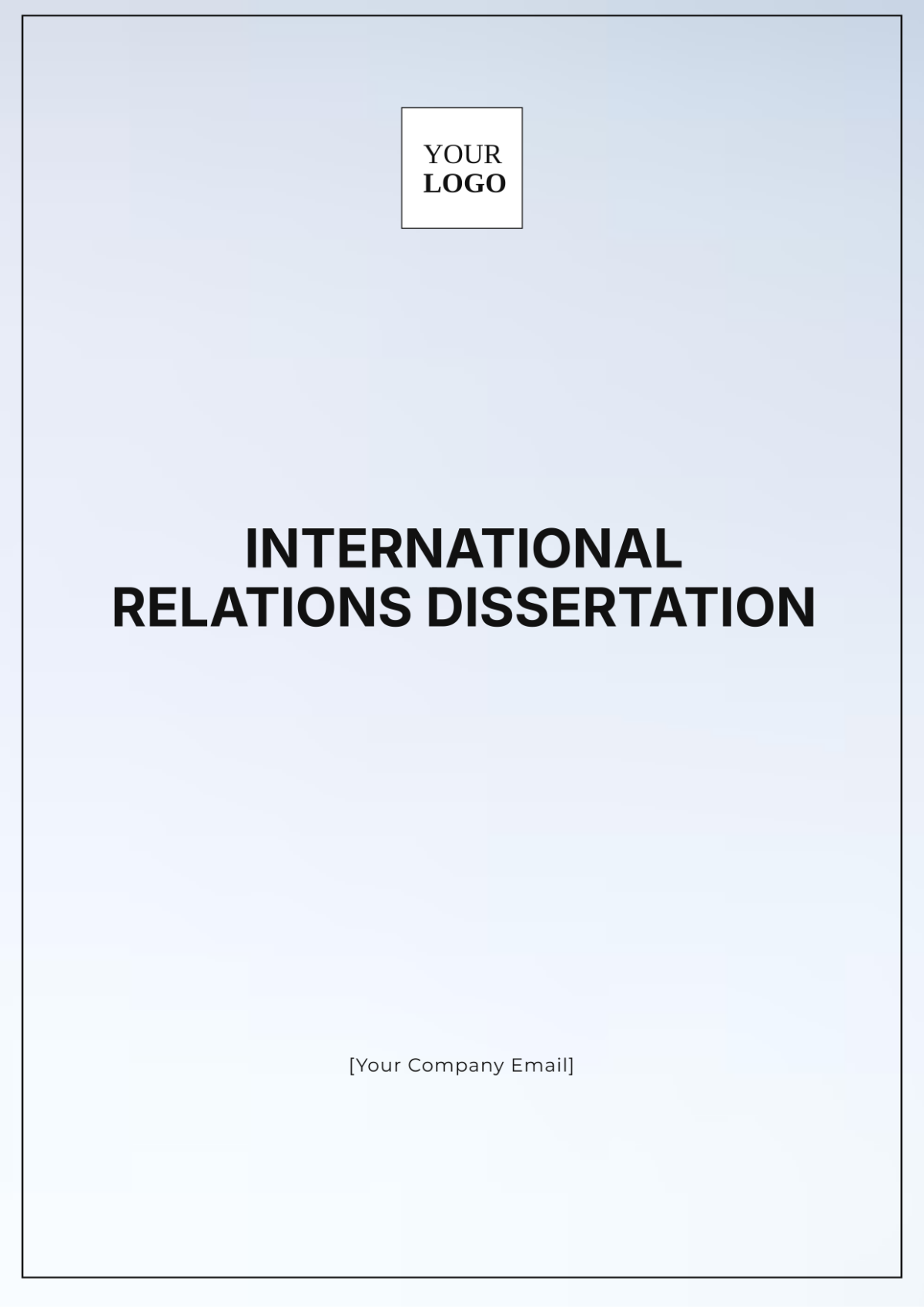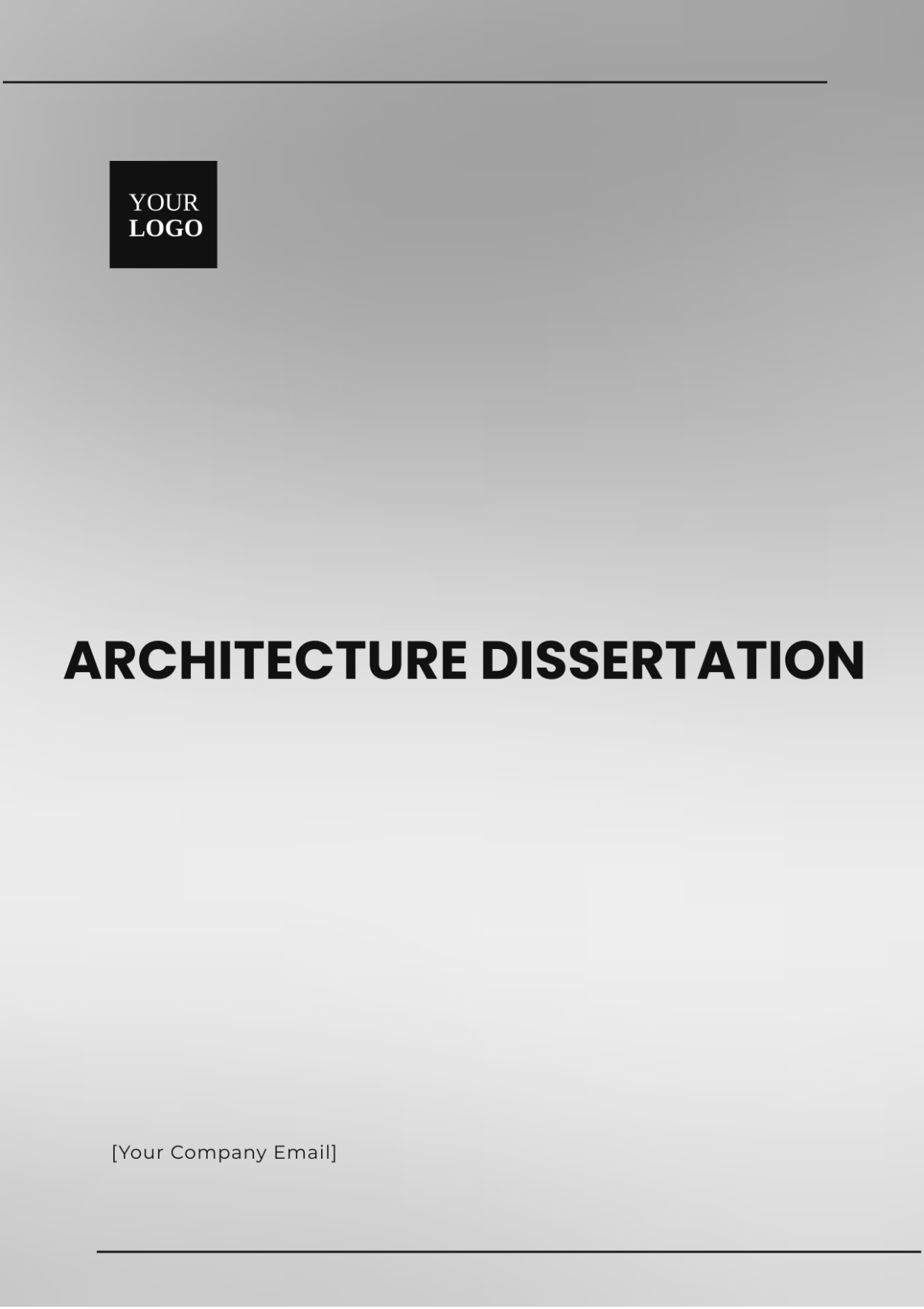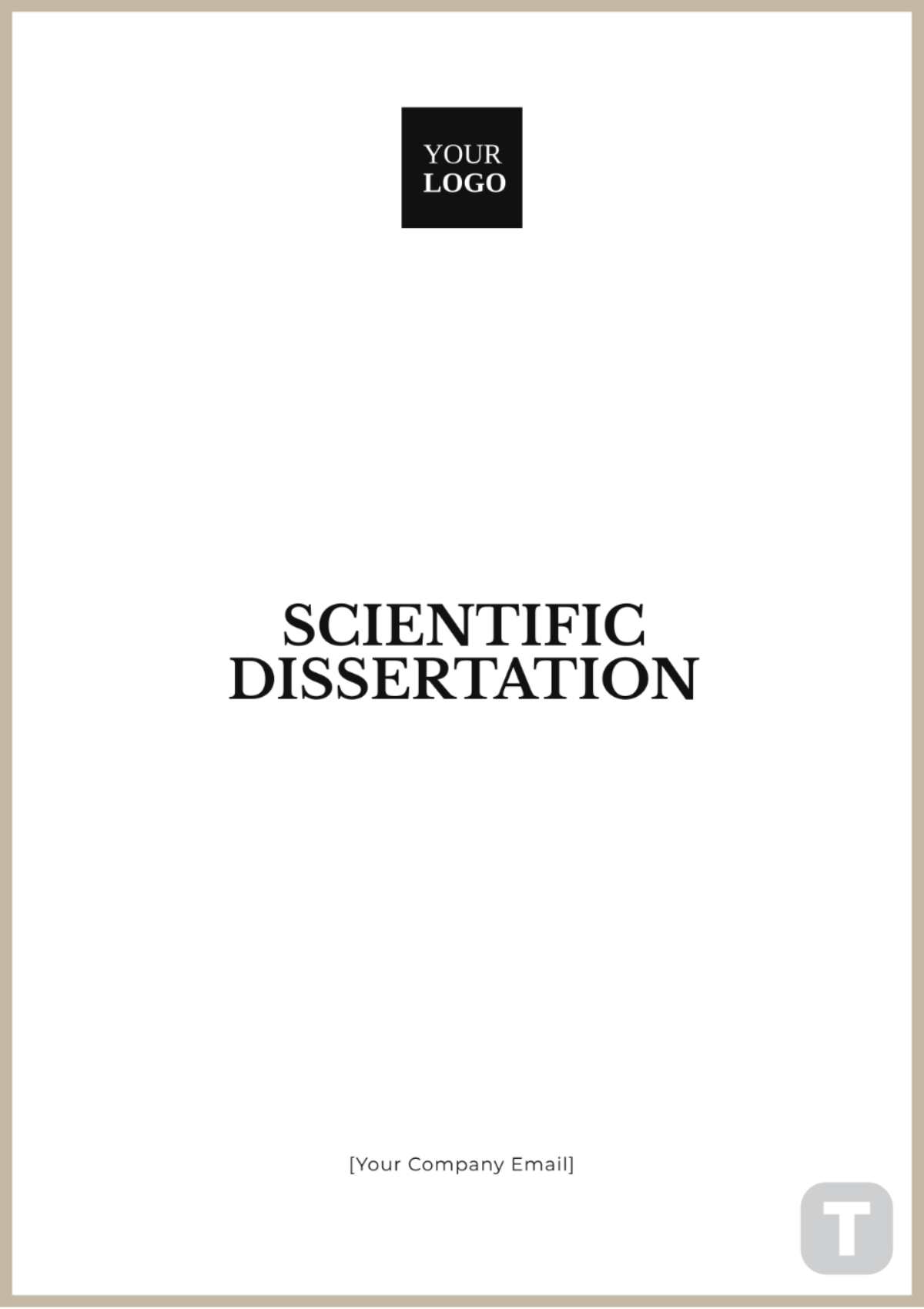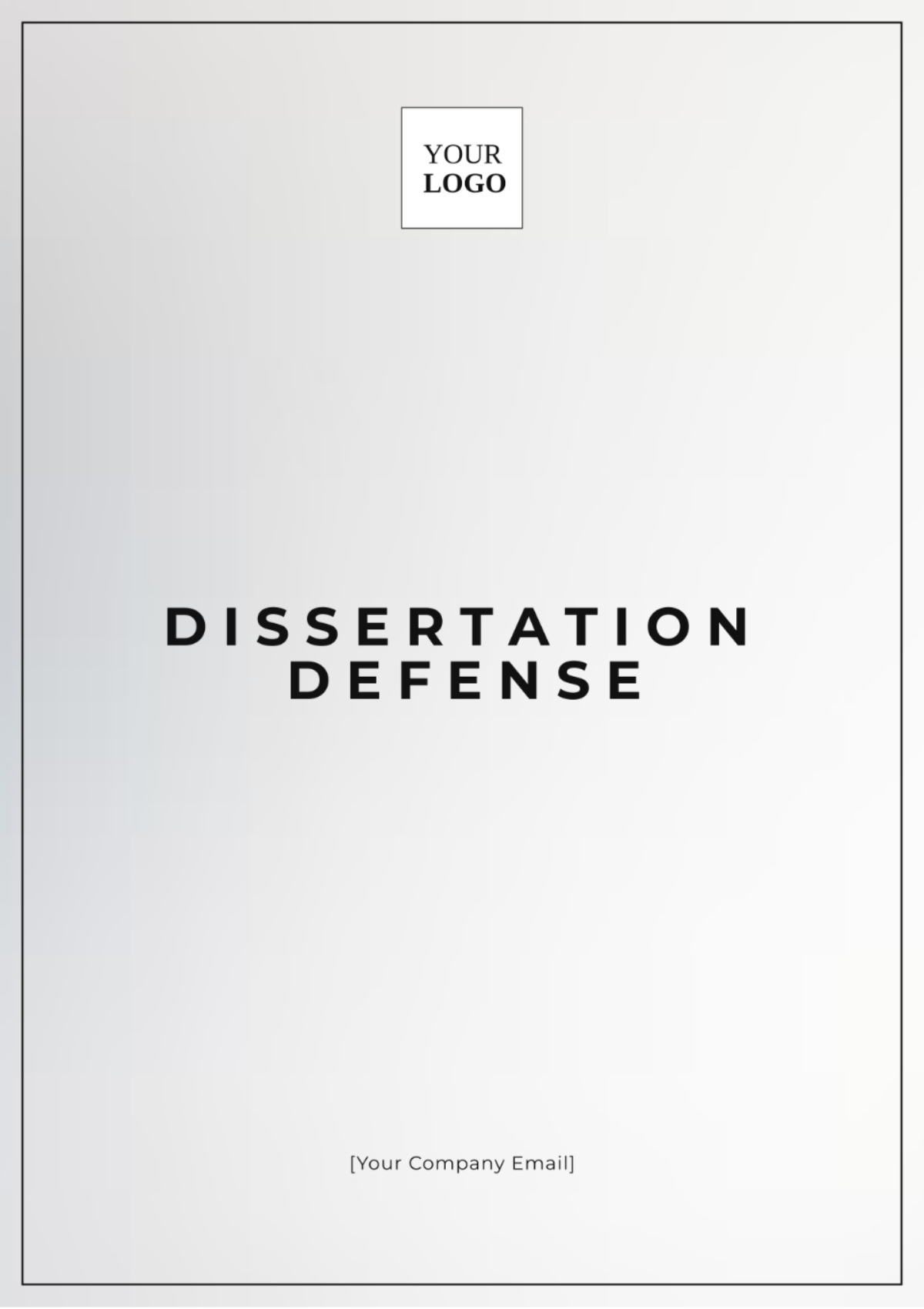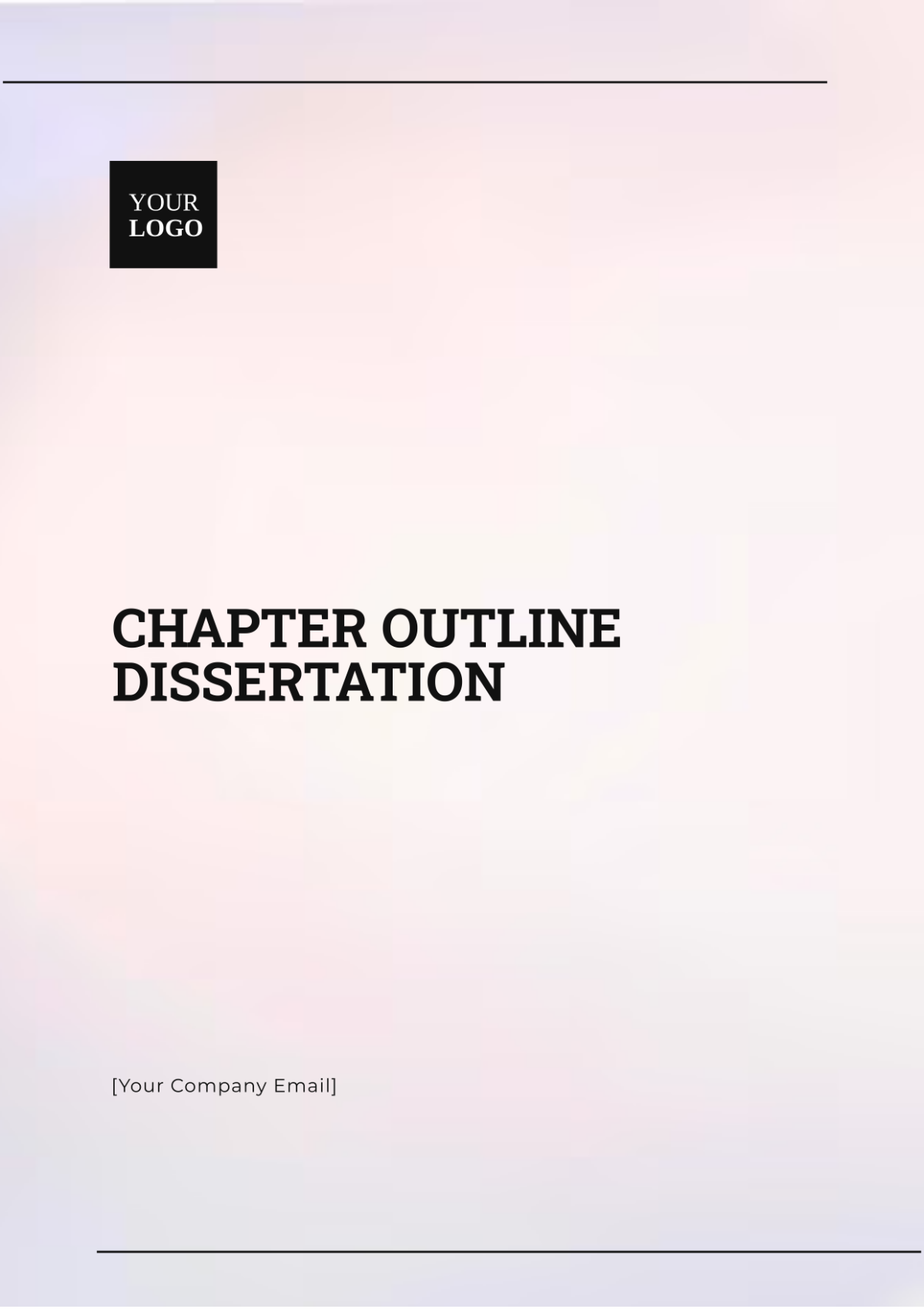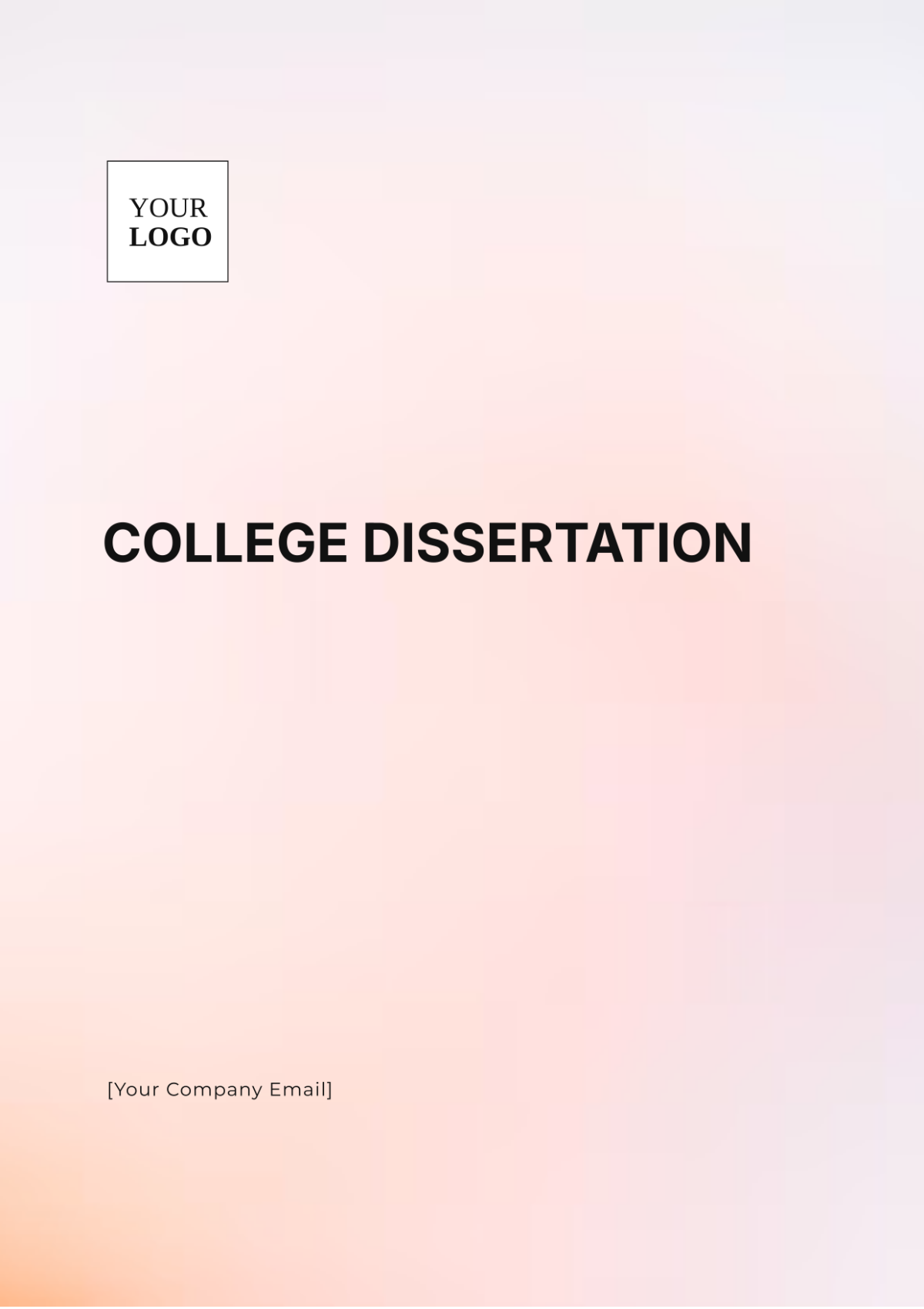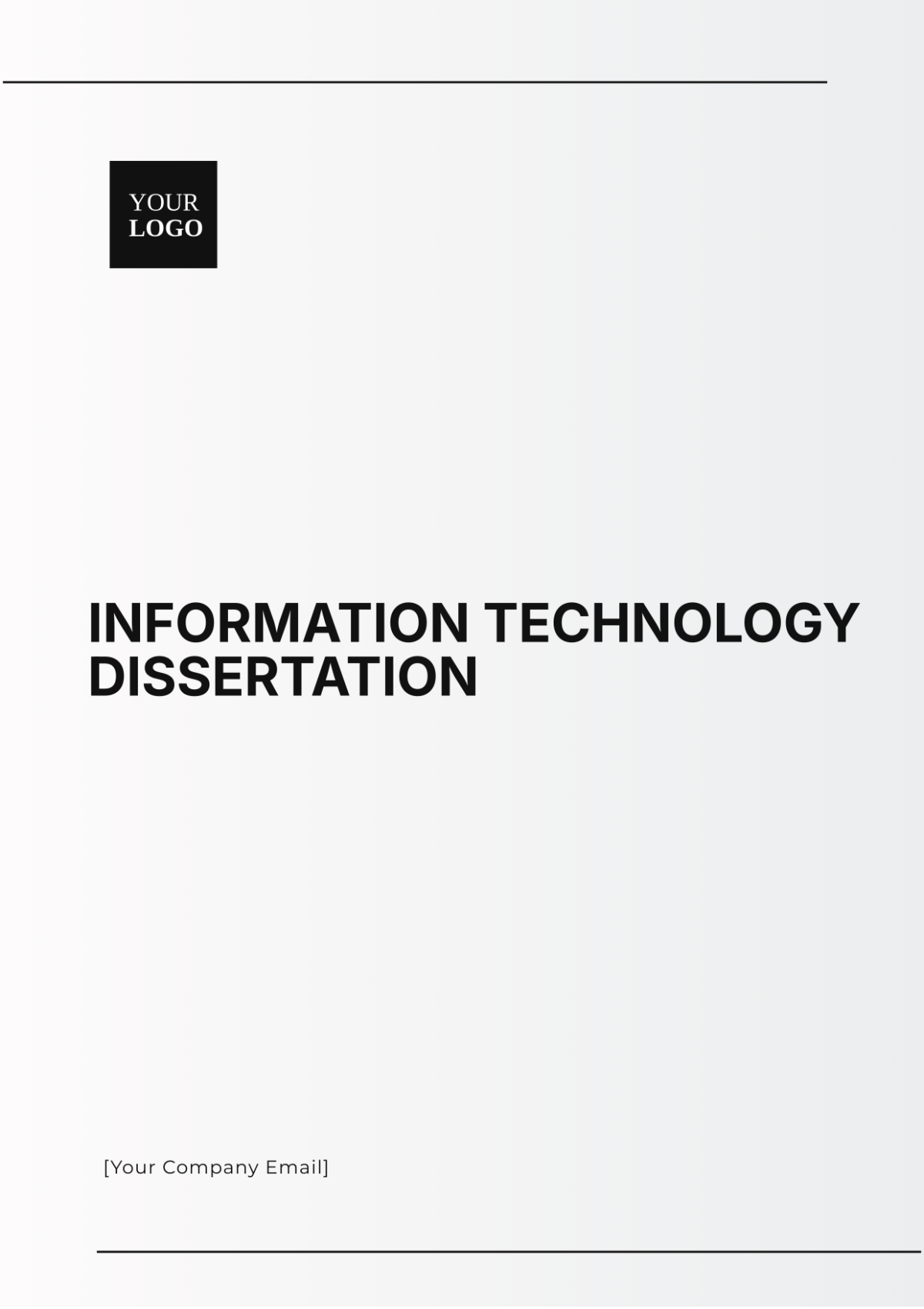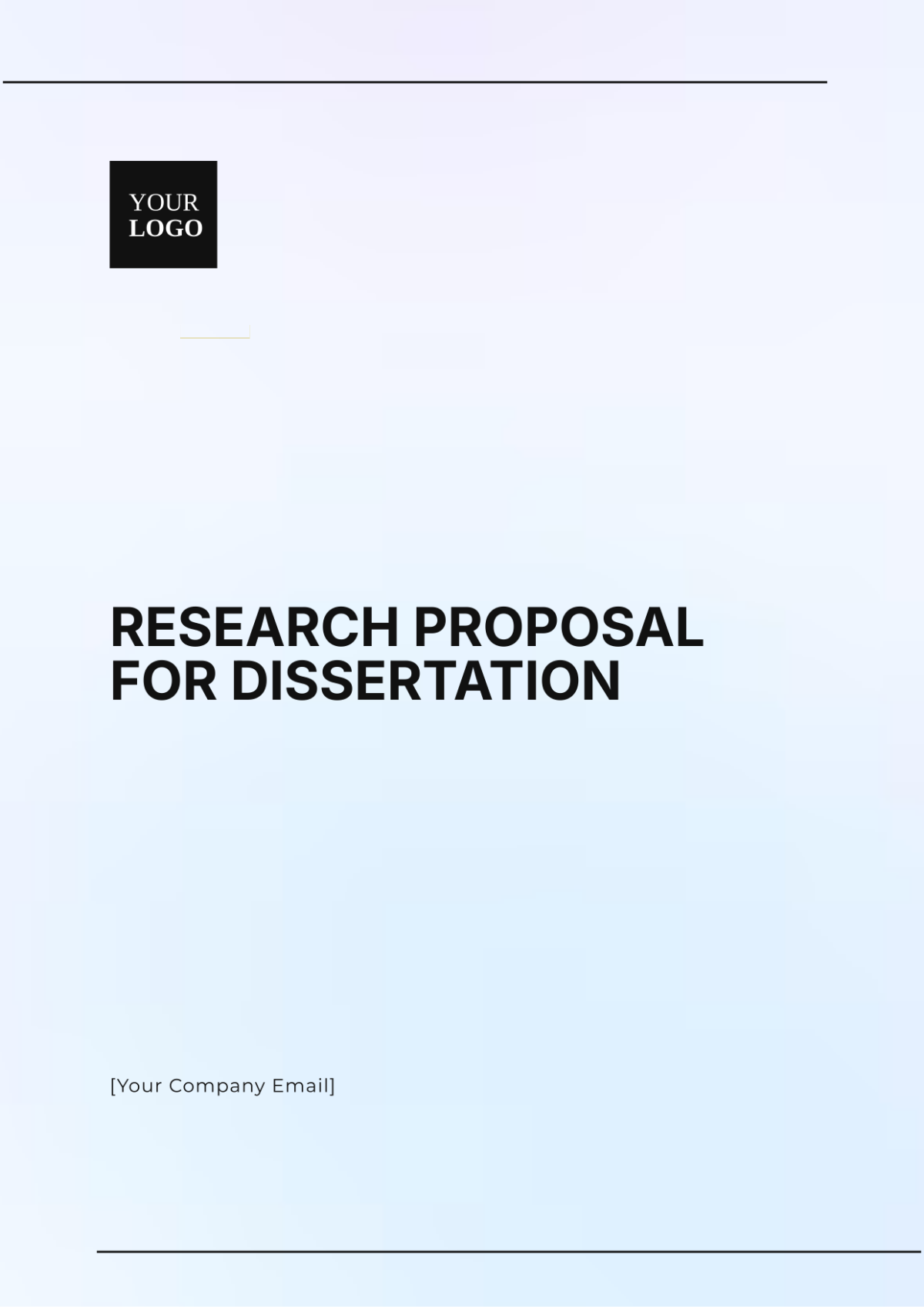Free Linguistics Dissertation Template
LINGUISTICS DISSERTATION
I. Introduction
Linguistics is the scientific study of language and its structure. It includes the study of morphology, syntax, phonetics, and semantics. This dissertation explores various facets of linguistics, examining theory, research methodologies, applications, and case studies.
II. Historical Background
Ancient Linguistics
The roots of linguistics can be traced back to ancient civilizations, where language analysis was applied primarily to preserve and interpret sacred texts. Prominent ancient linguistic traditions include Panini's Sanskrit grammar in ancient India and Plato's and Aristotle's work on Greek semantics and syntax.
Linguistics in the Middle Ages and Renaissance
The Middle Ages saw continued interest in language, primarily in the form of translation and commentary on religious texts. The Renaissance renewed interest in classical languages, leading to the development of comparative linguistics.
Modern Linguistics
Modern linguistics emerged in the 19th and 20th century, marked by the work of Ferdinand de Saussure, who established structuralism as a dominant framework. The 20th century continued into the development of transformational-generative grammar by Noam Chomsky.
III. Subfields of Linguistics
Modern linguistics comprises several subfields, each with its own focus and methodologies:
Phonetics and Phonology
Phonetics is the study of the sounds of human speech. Phonology, on the other hand, explores how those sounds function within a particular language or languages.
Morphology
Morphology is the study of the structure of words and how words are formed in a language. It entails the analysis of morphemes, the smallest grammatical units in a language.
Syntax
Syntax examines how words combine to form grammatical sentences. It analyzes sentence structure and the rules that govern the formation of sentences.
Semantics
Semantics involves the study of meaning in language, examining how words and sentences convey meaning.
Pragmatics
Pragmatics is concerned with how context influences the interpretation of meaning. It encompasses the study of language in its social context.
IV. Linguistic Theories
Structuralism
Founded by Ferdinand de Saussure, structuralism views language as a system of signs and focuses on the relationships between these signs. It emphasizes the role of language structure over function.
Generative Grammar
Noam Chomsky’s generative grammar focuses on the underlying syntactic structures that facilitate language comprehension and production. It proposes that certain aspects of syntactic structure are innate to human cognition.
Functionalism
Functionalism considers language as a tool for communication and emphasizes the role that language plays in social interaction. It focuses on the pragmatic over the syntactic functions of language.
V. Research Methodologies in Linguistics
Qualitative Research
Qualitative research in linguistics may include methods such as:
Ethnographic Studies
Interviews
Participant Observation
Textual Analysis
Quantitative Research
Quantitative research involves the statistical analysis of linguistic data. Common methodologies include:
Corpus Linguistics
Experimental Methods
Surveys and Questionnaires
VI. Applications of Linguistics
Linguistics has diverse applications across various fields, including:
Computational Linguistics
It involves the application of computational methods to the analysis and synthesis of language and is fundamental to the development of technologies such as natural language processing (NLP).
Sociolinguistics
Examines the relationship between language and society, including how language varies according to social factors like age, gender, ethnicity, and socioeconomic status.
Psycholinguistics
Studies the psychological processes that enable humans to acquire, produce, and comprehend language.
Forensic Linguistics
Applies linguistic knowledge to legal contexts, such as analyzing the language used in written and spoken legal documents and providing expert testimony in court cases.
VII. Case Studies in Linguistics
Bilingualism and Multilingualism
Studies the cognitive and social dynamics involved in bilingual and multilingual communities, as well as the impact on language acquisition and use.
Language Endangerment and Preservation
Explores efforts to document and preserve endangered languages, investigating causes of language death and ways to revitalize endangered languages.
Dialectology
Analyzes regional and social variations in language, examining how dialects emerge and evolve over time.
VIII. Conclusion
This dissertation has provided an expansive overview of linguistics, covering its historical background, various subfields, prominent theories, research methodologies, and applications. Linguistics remains a dynamic and growing field, offering valuable insights into human language and communication.
IX. References
Ferdinand de Saussure. Course in General Linguistics. 1916. McGraw-Hill.
Noam Chomsky. Syntactic Structures. 1957. Walter de Gruyter.
Edward Sapir. Language: An Introduction to the Study of Speech. 1921. Harcourt, Brace, & World.
